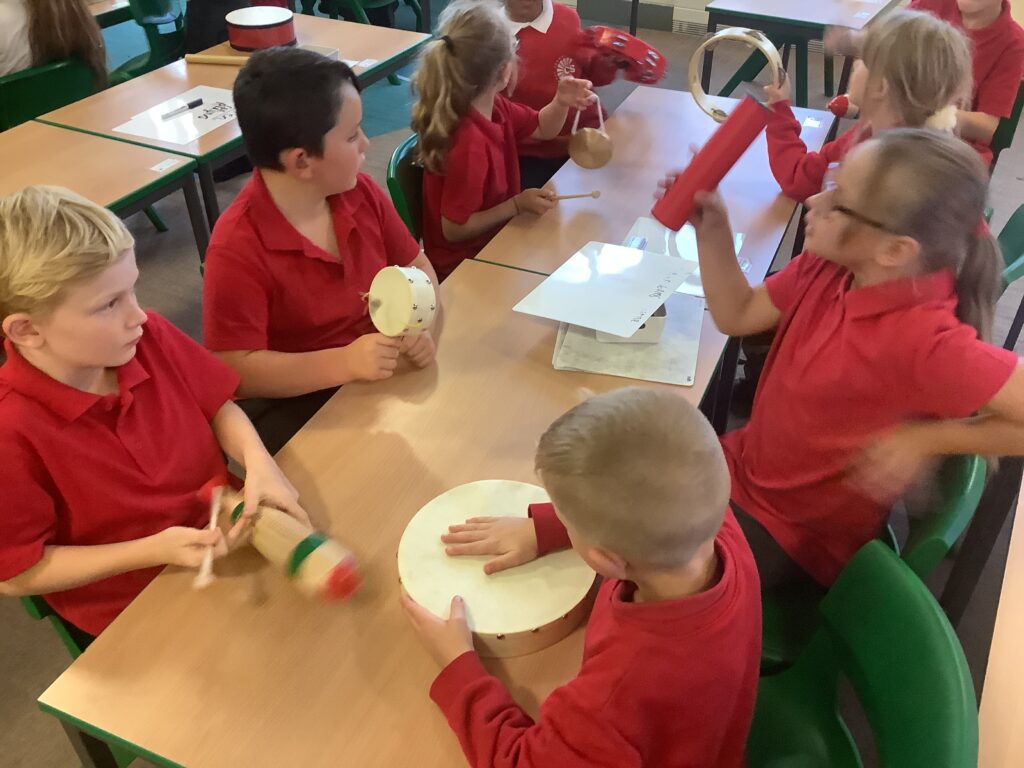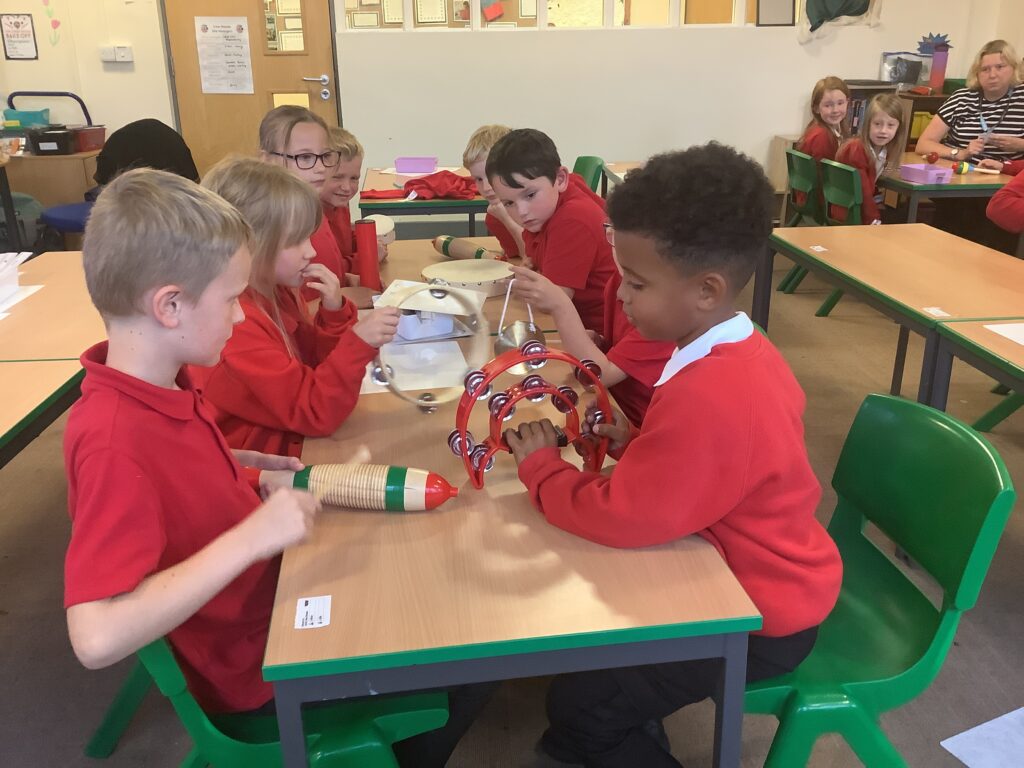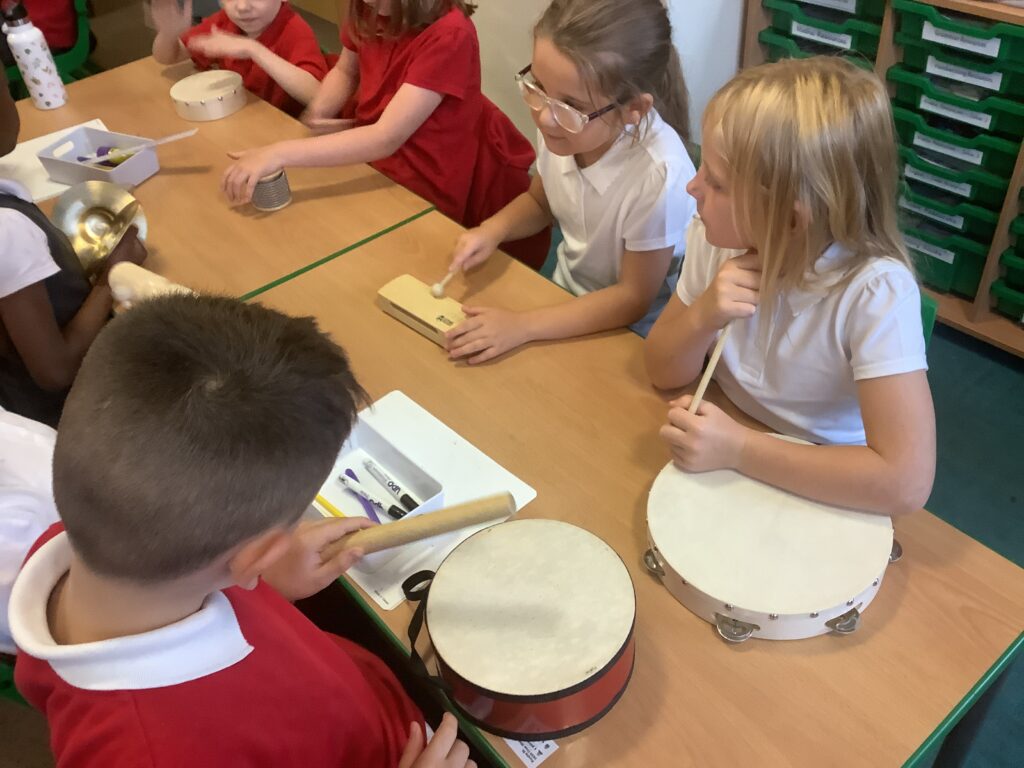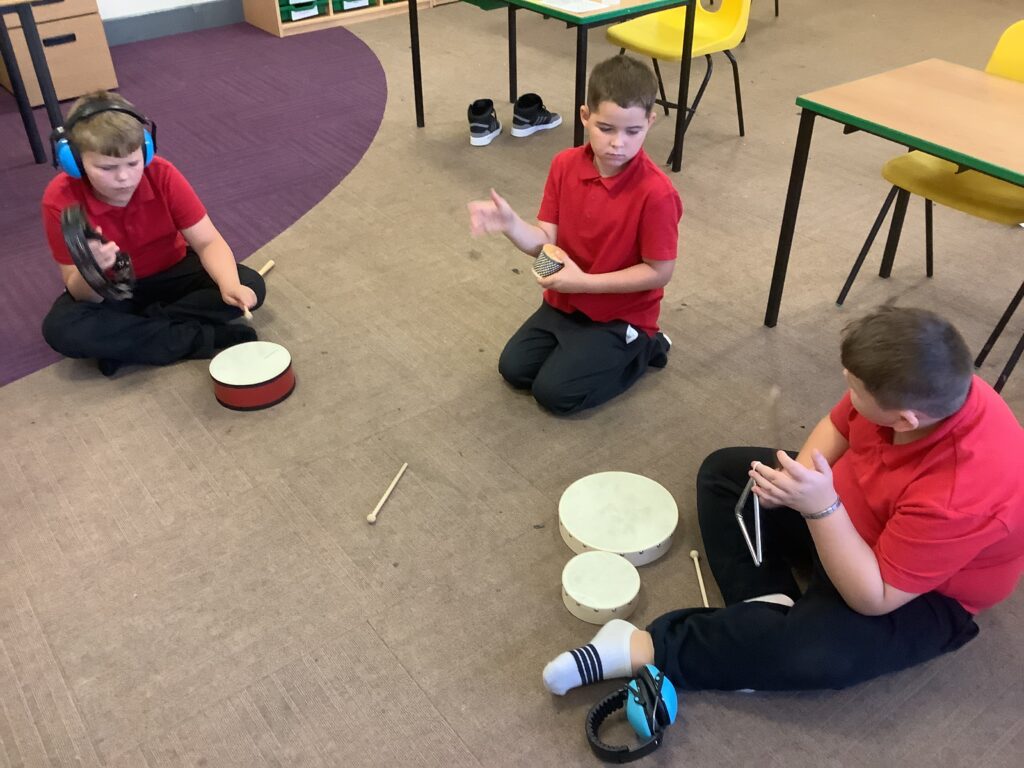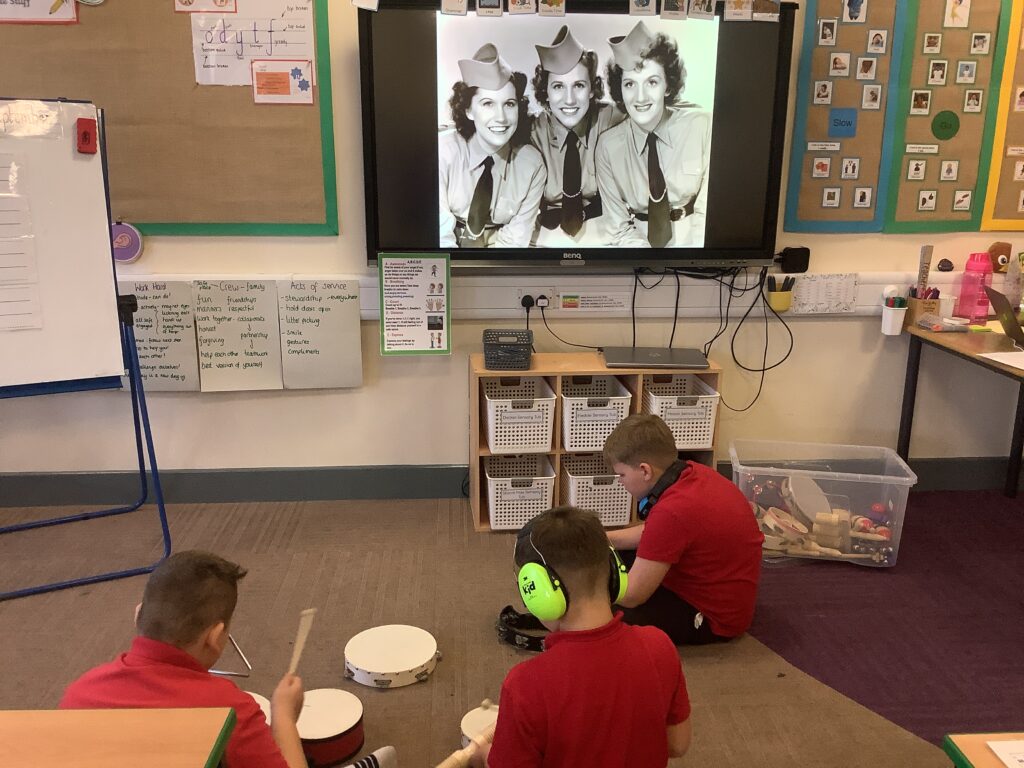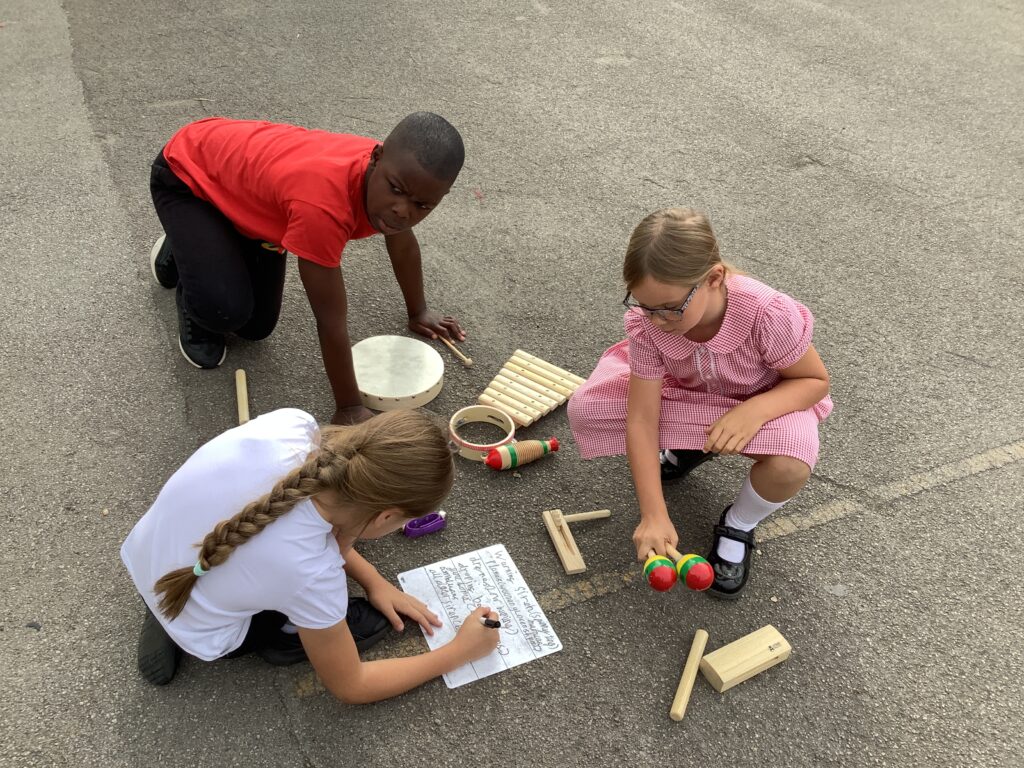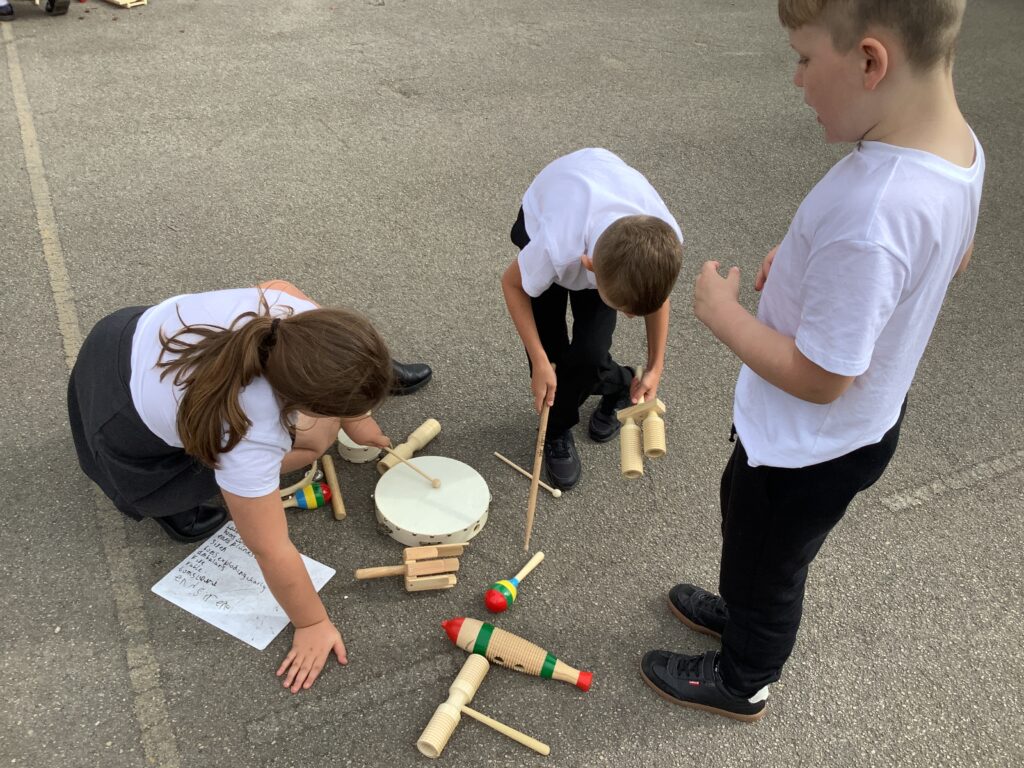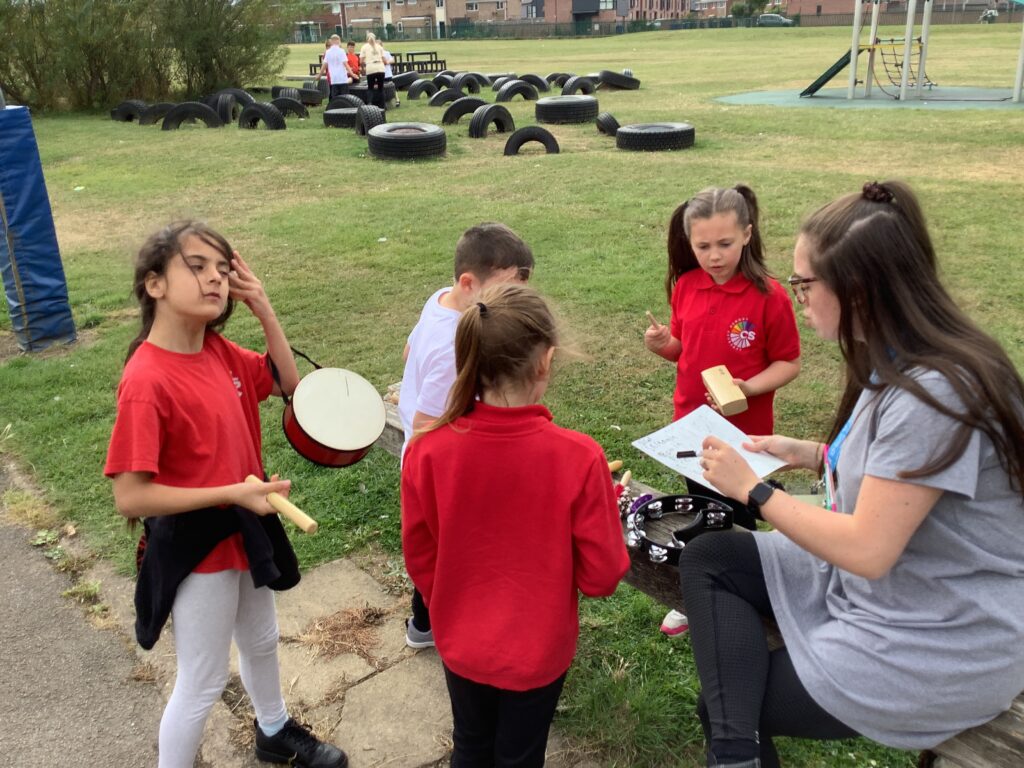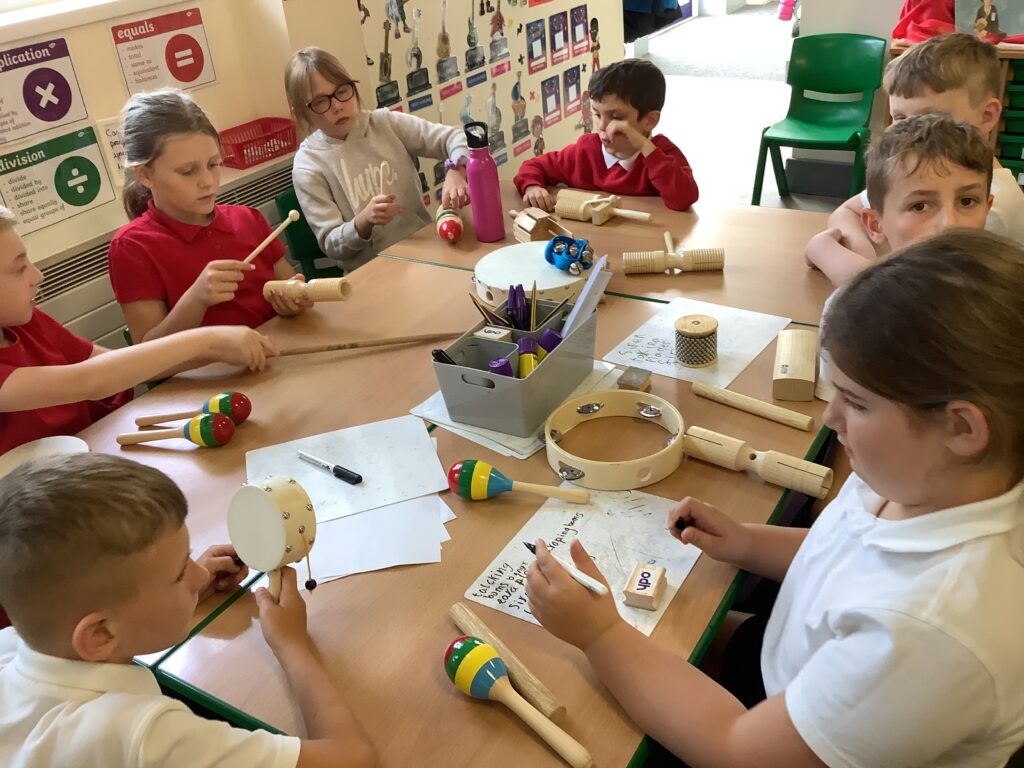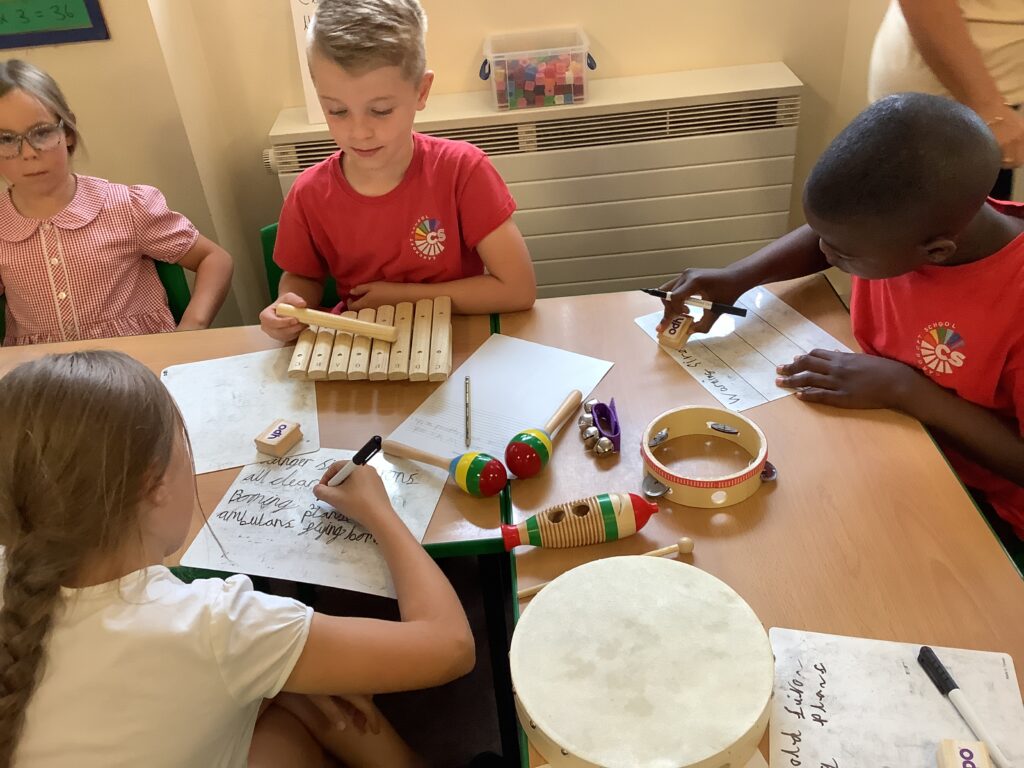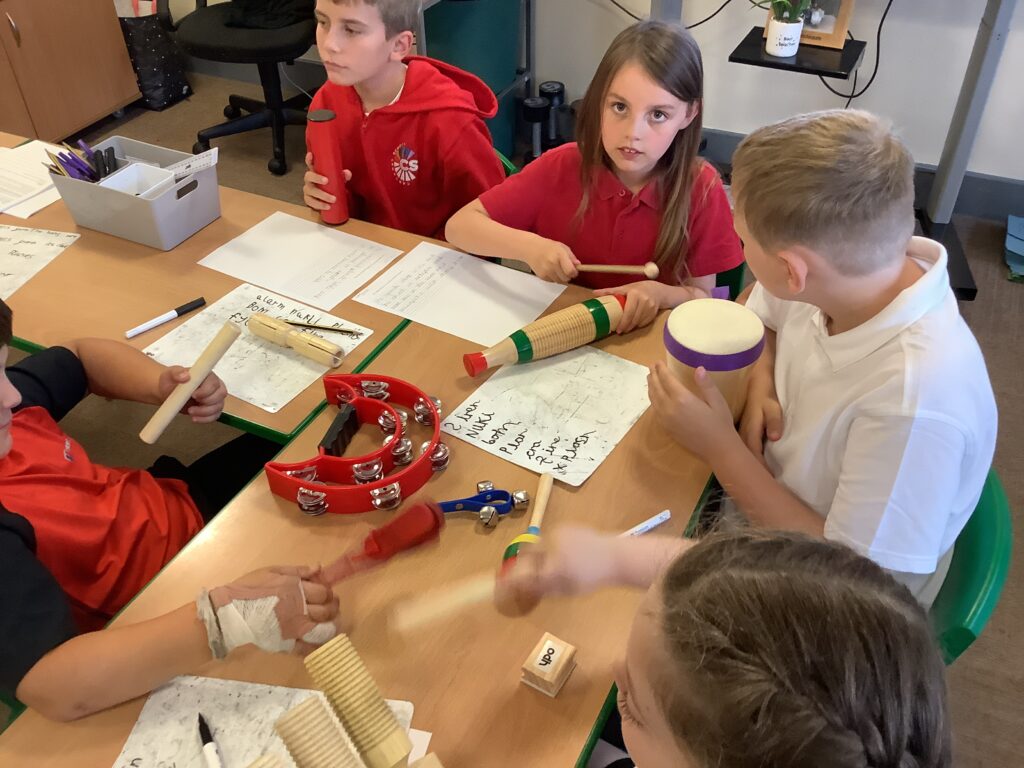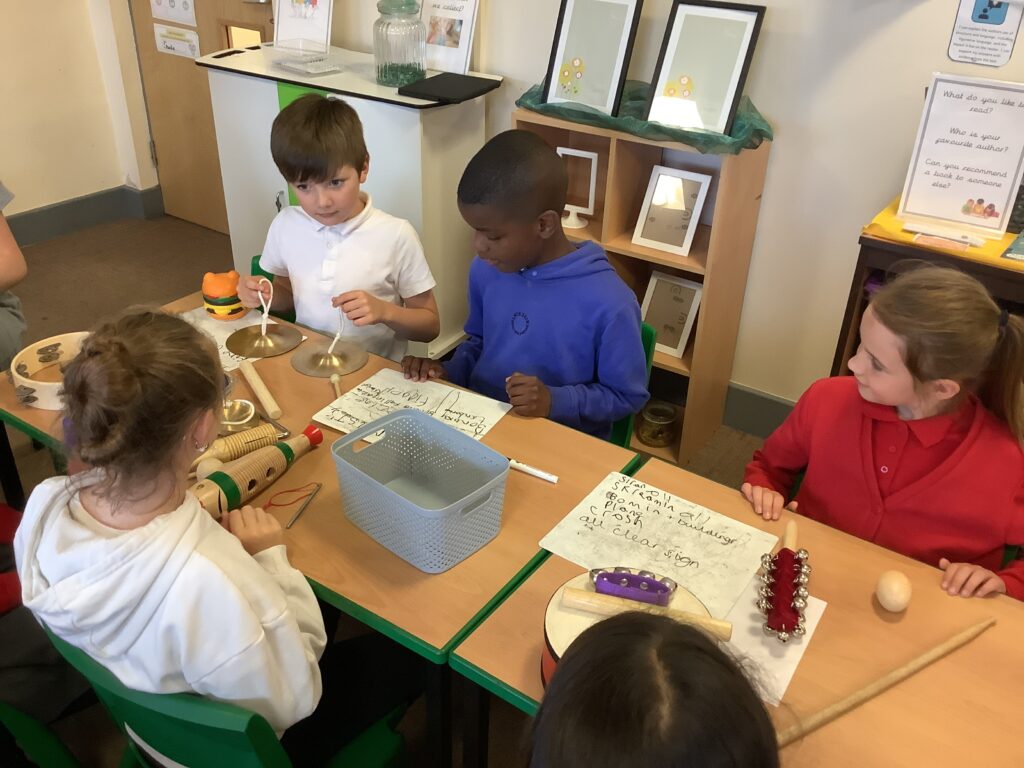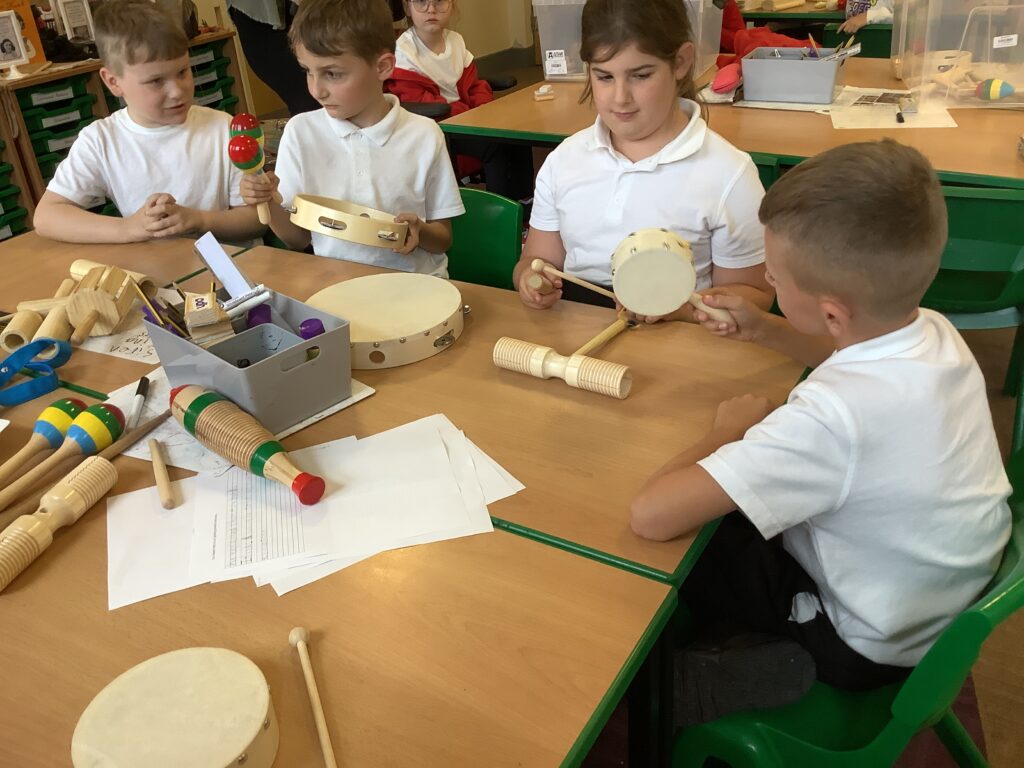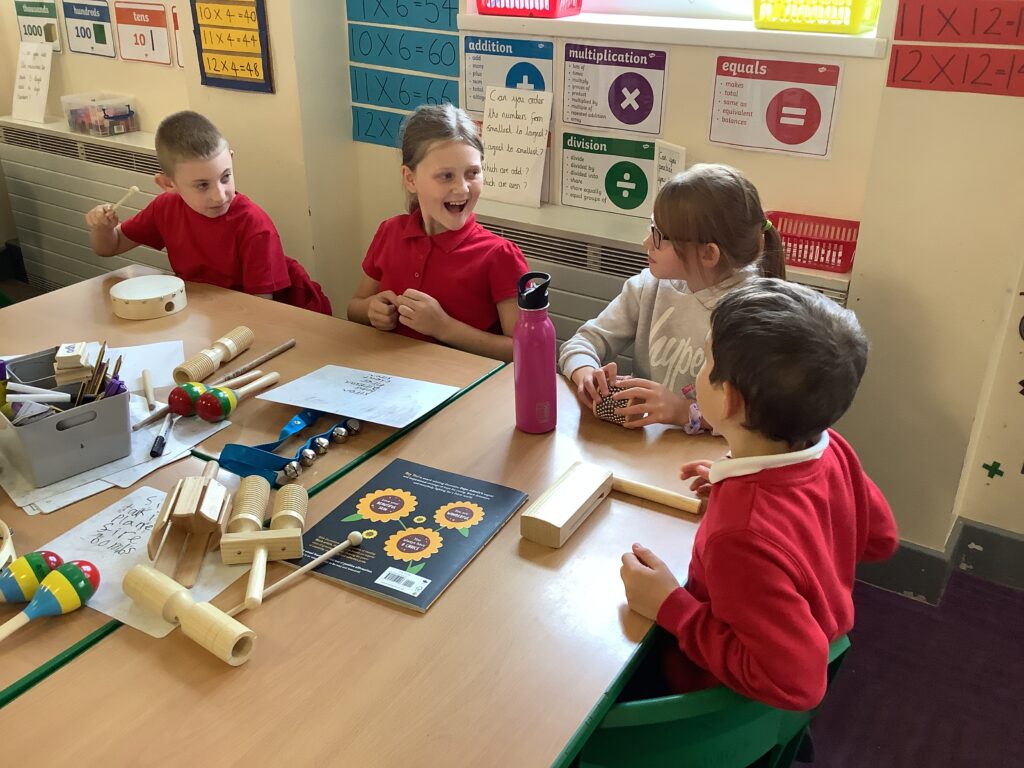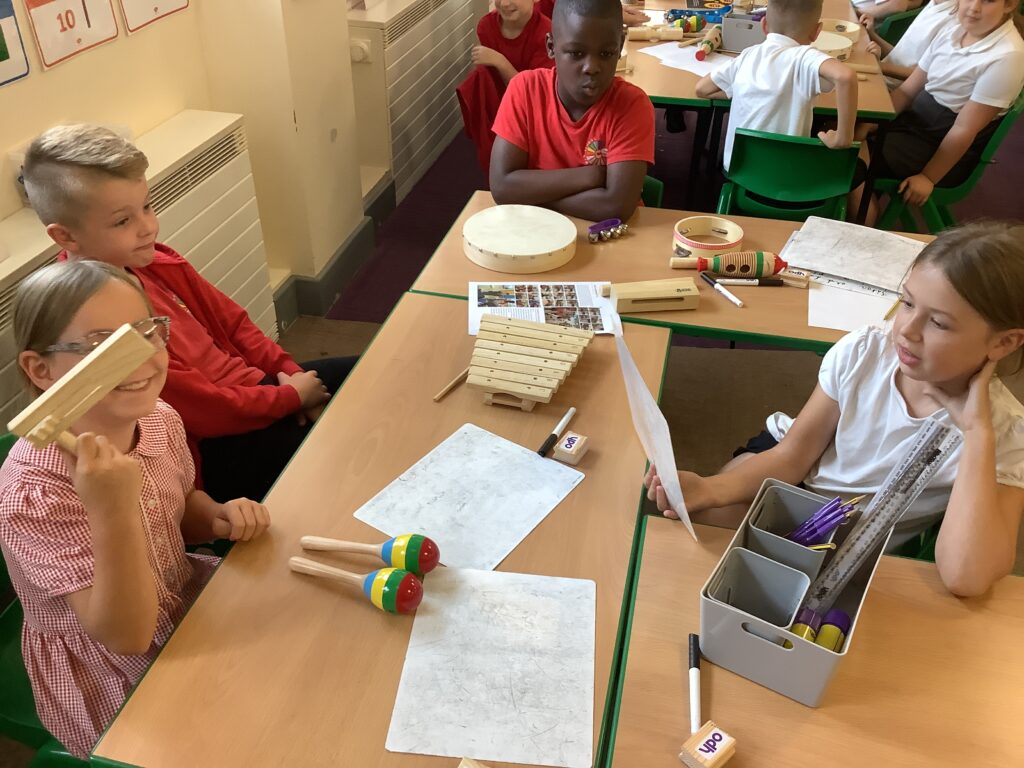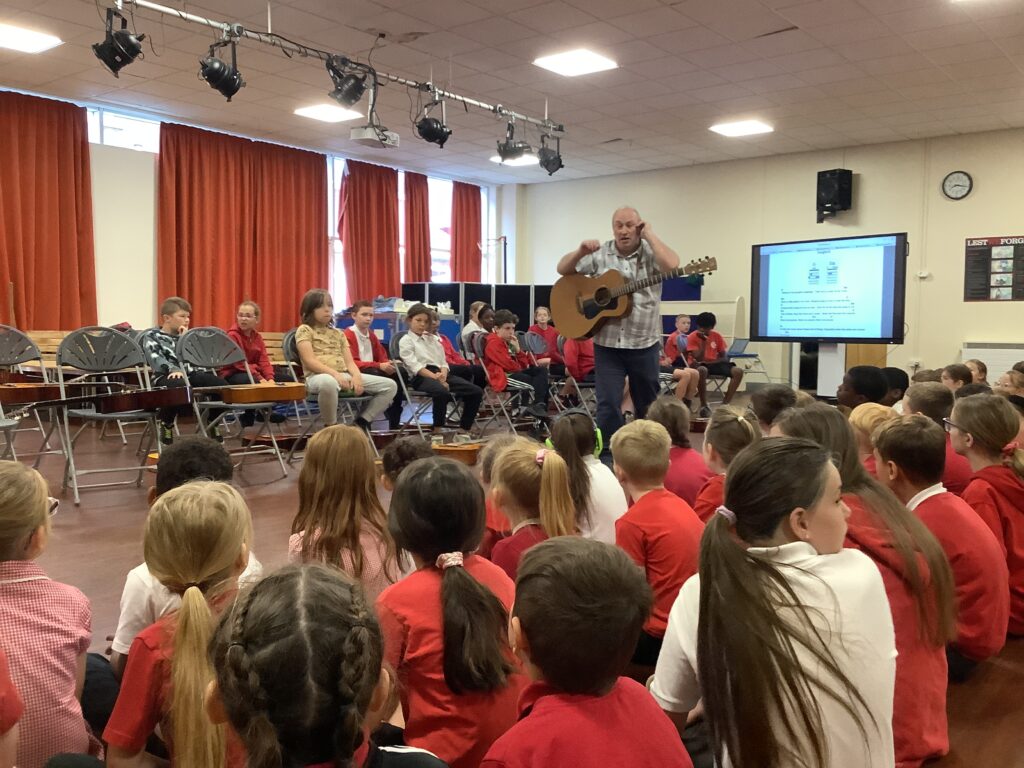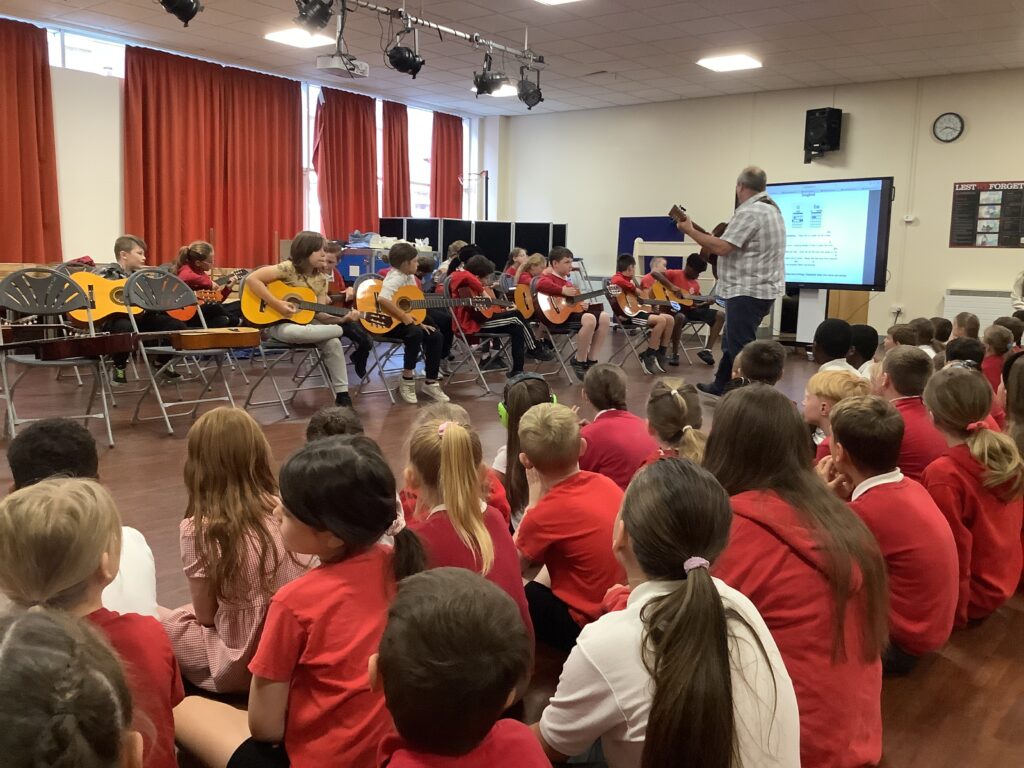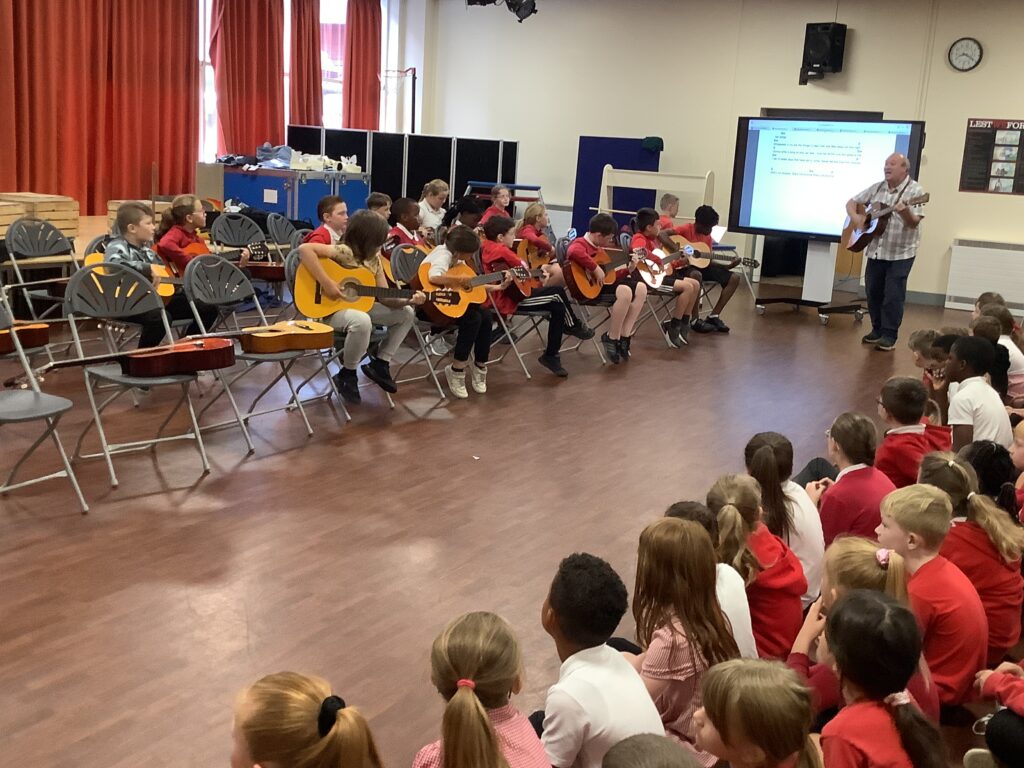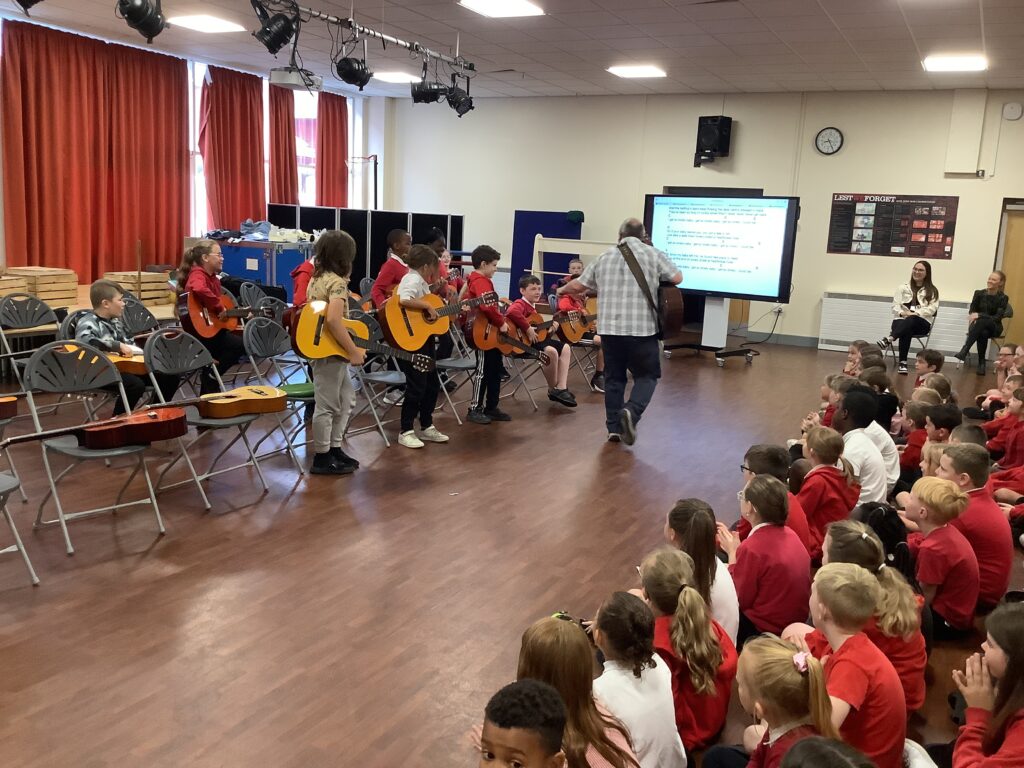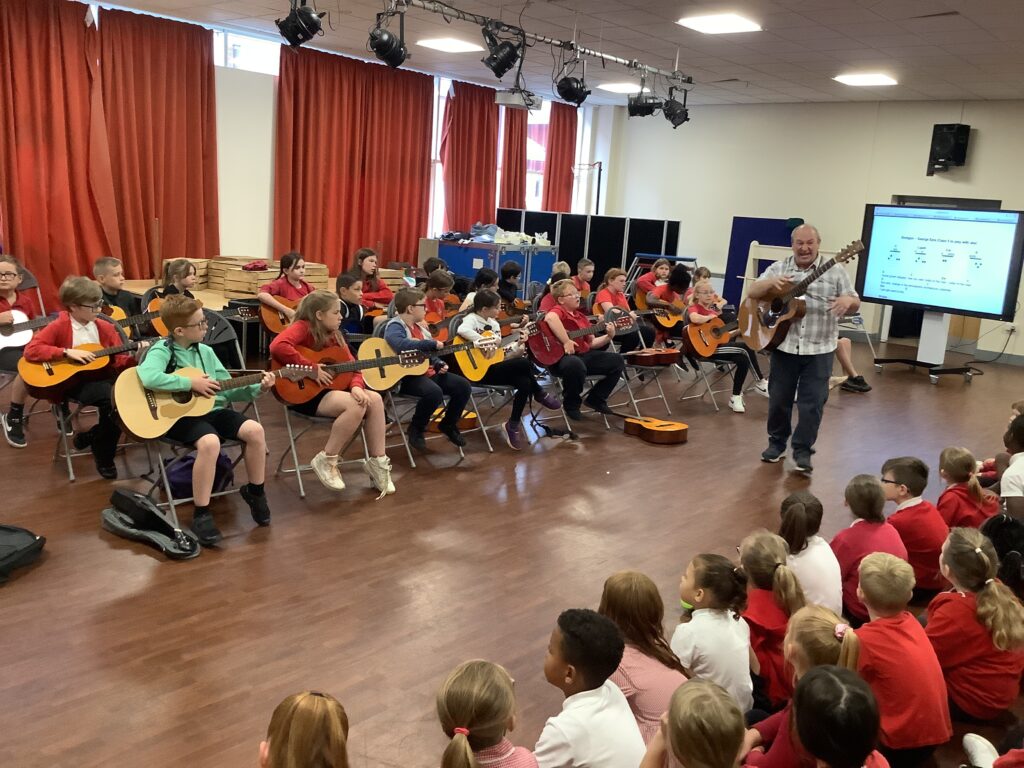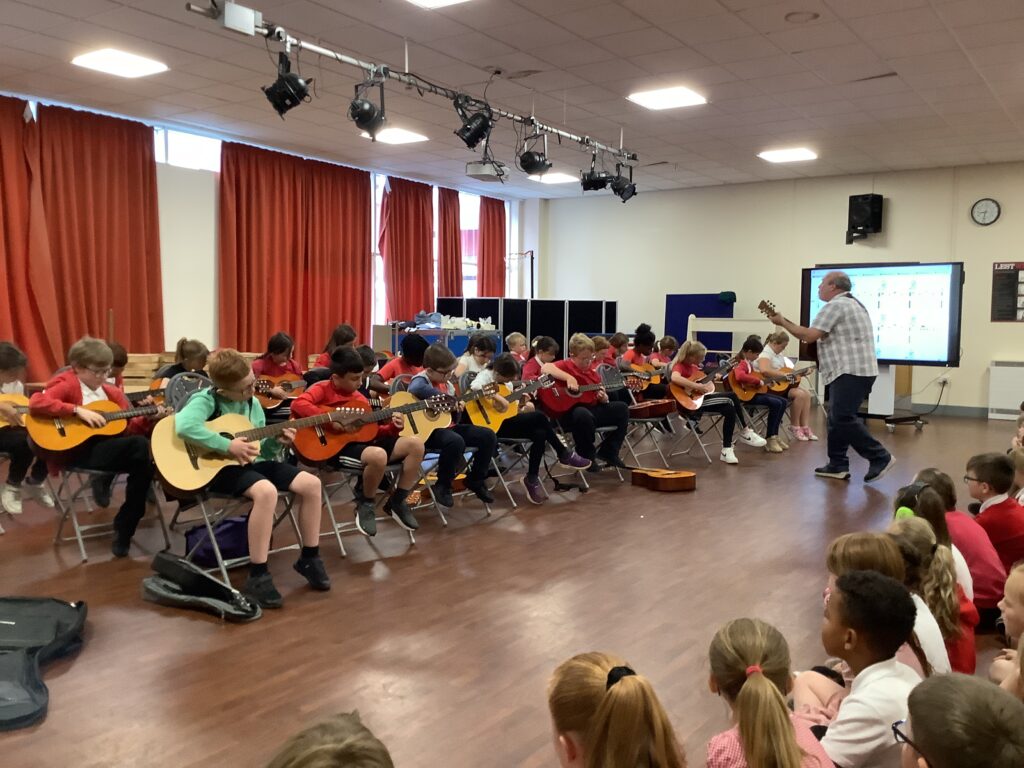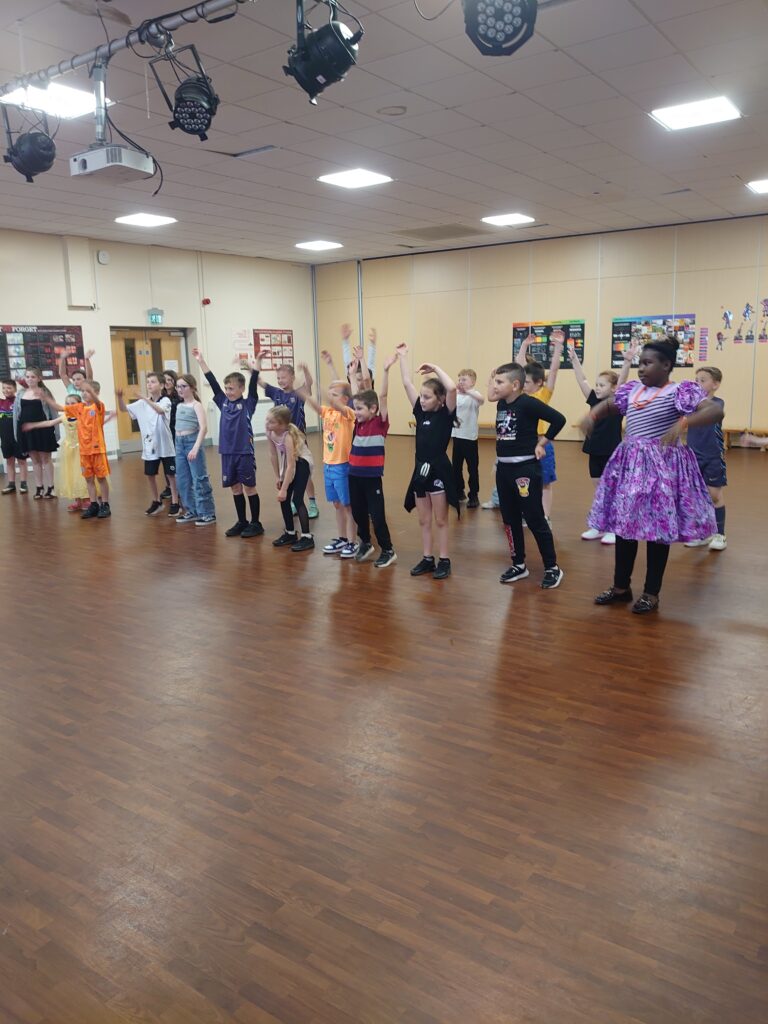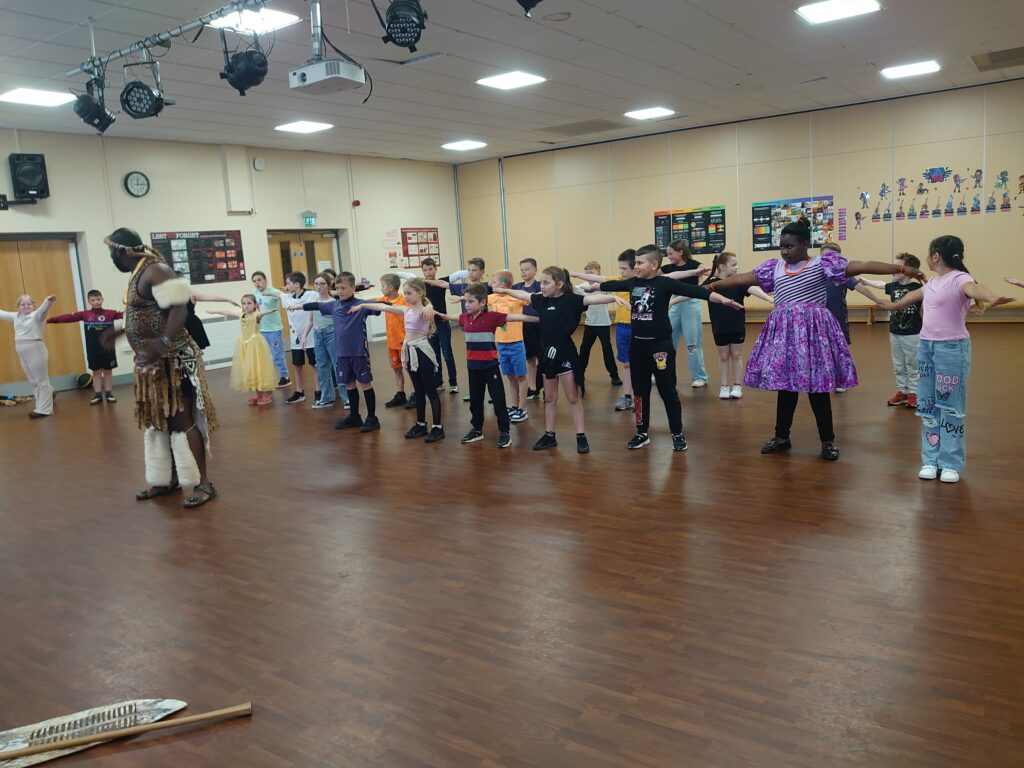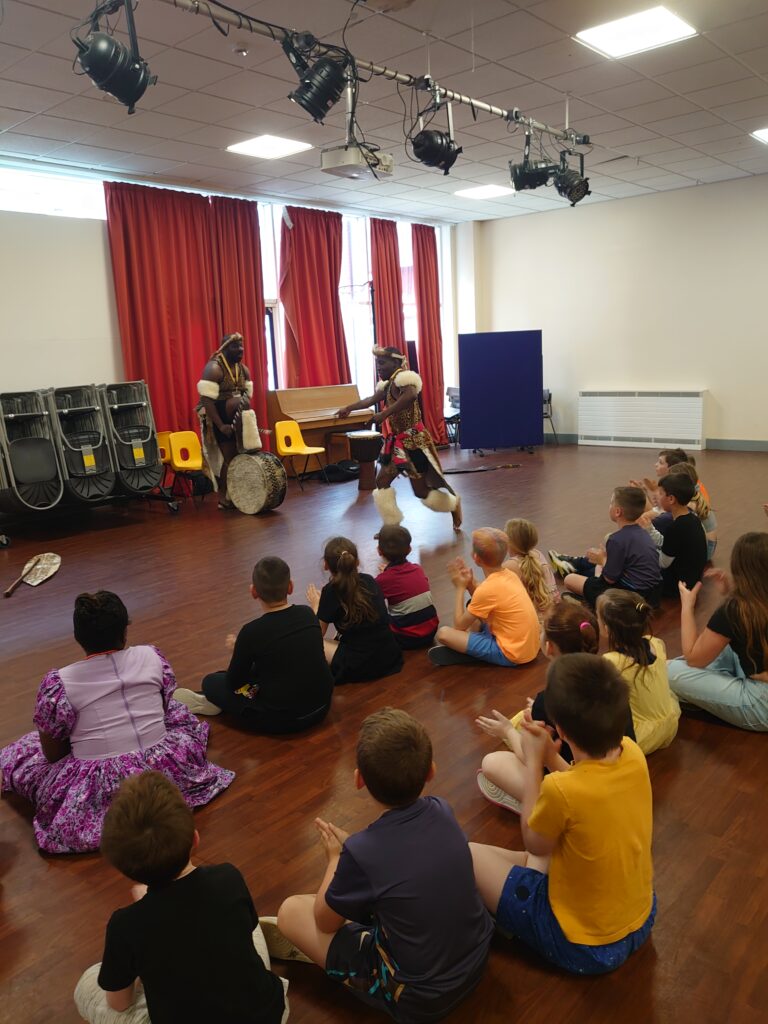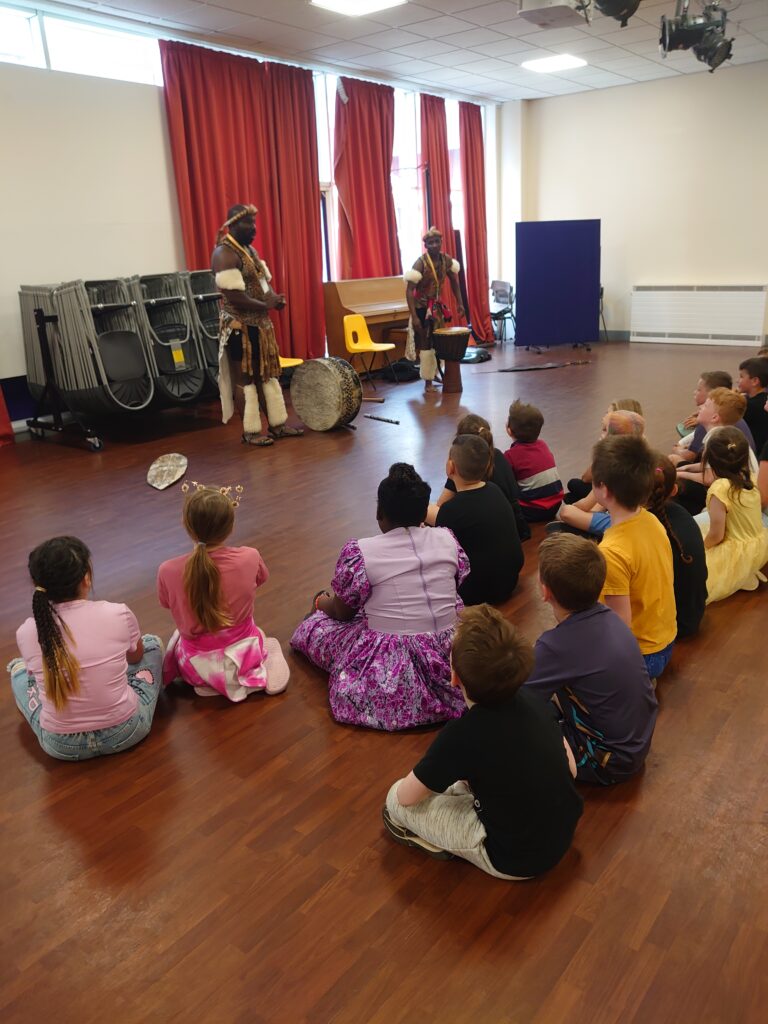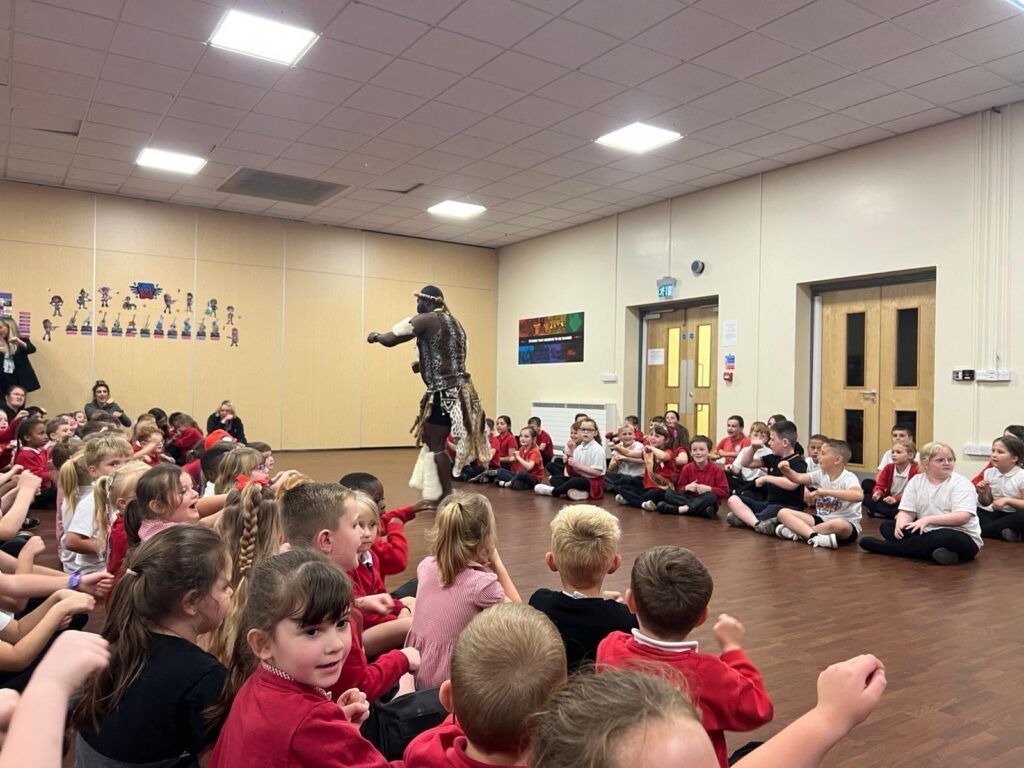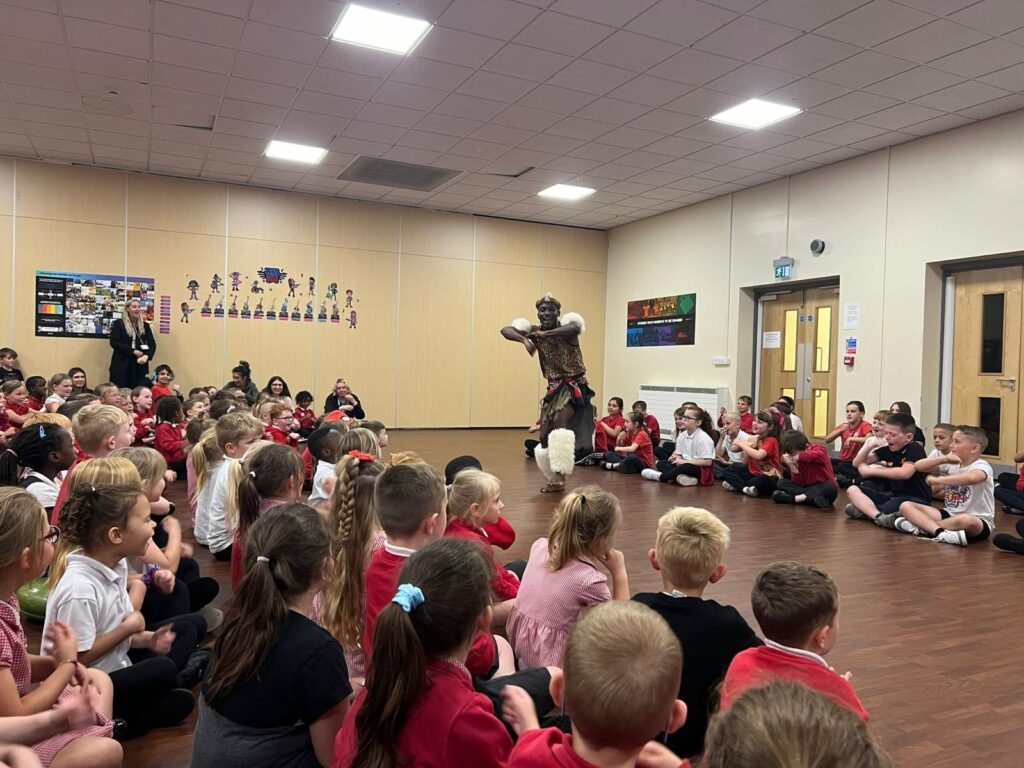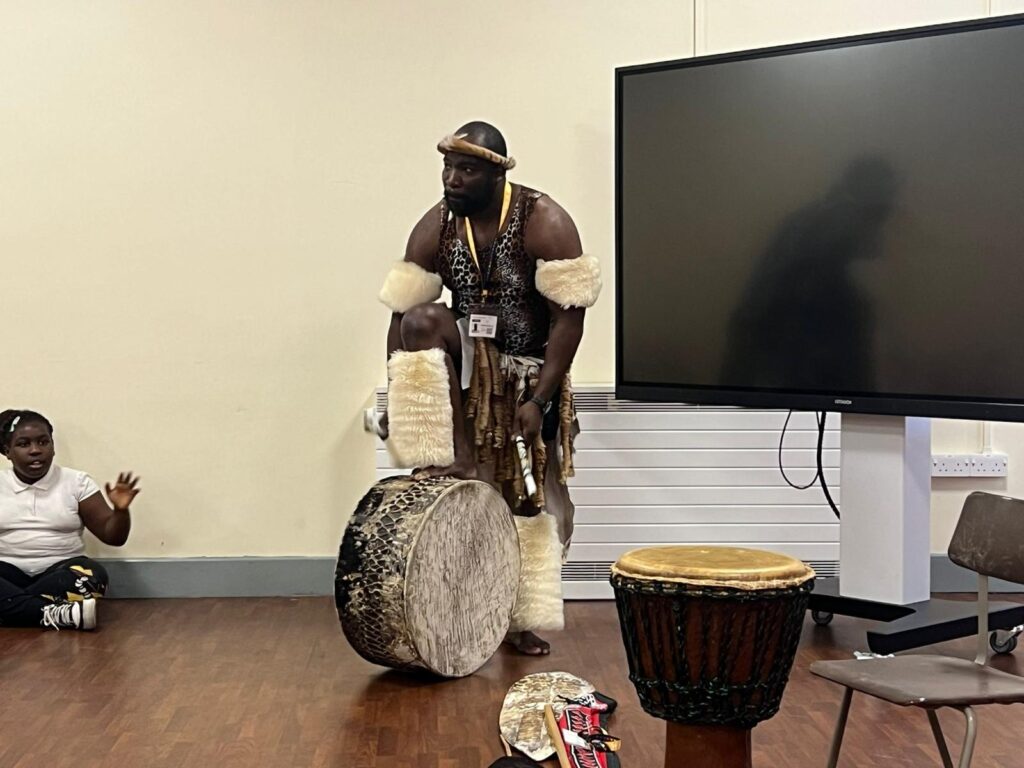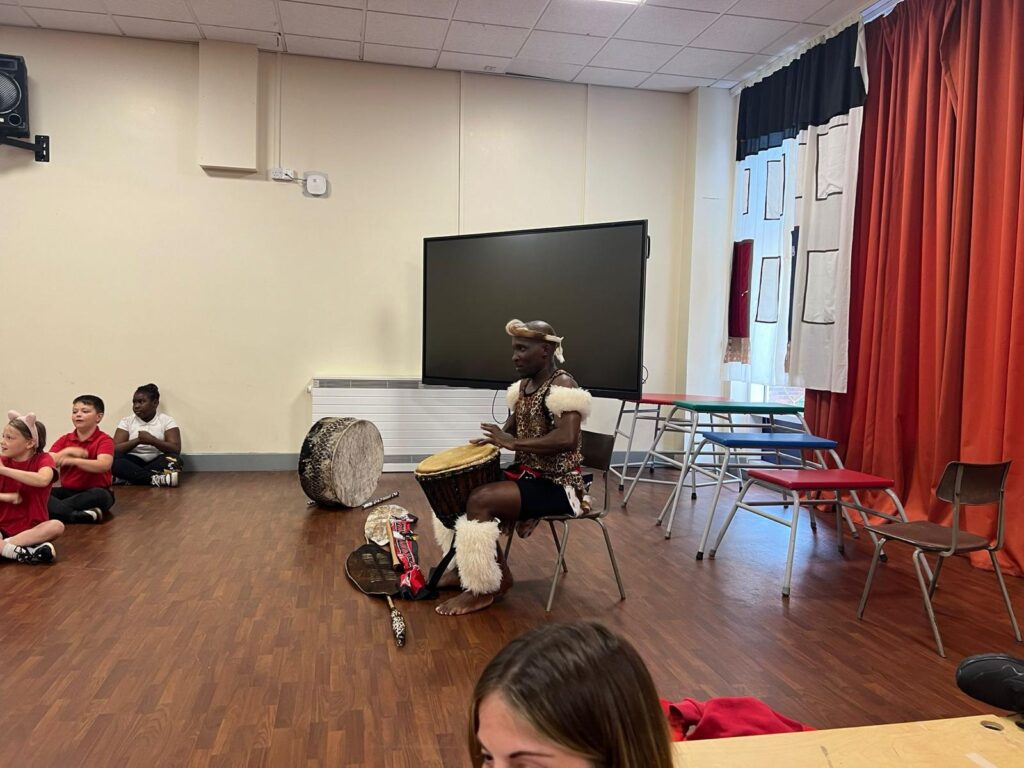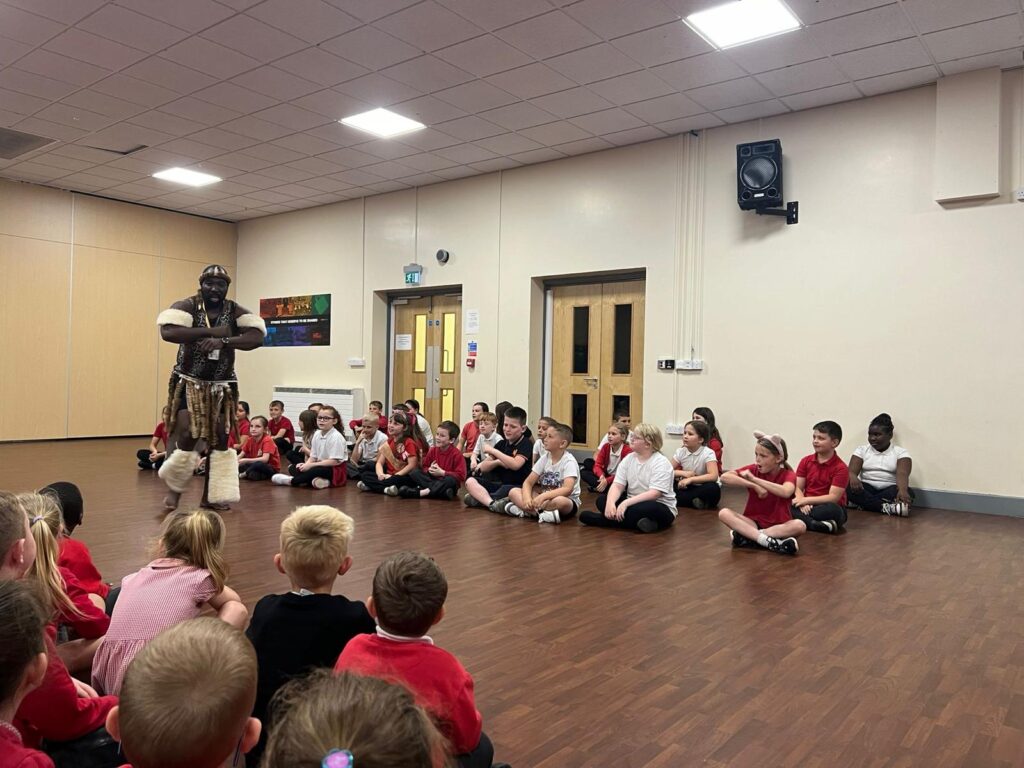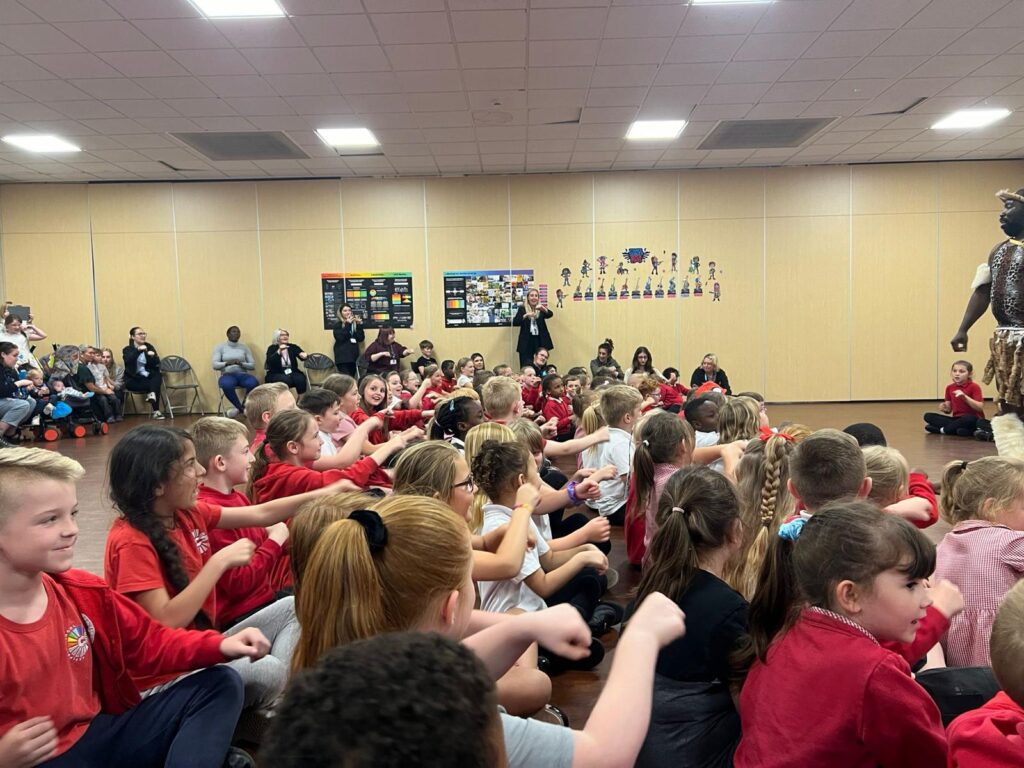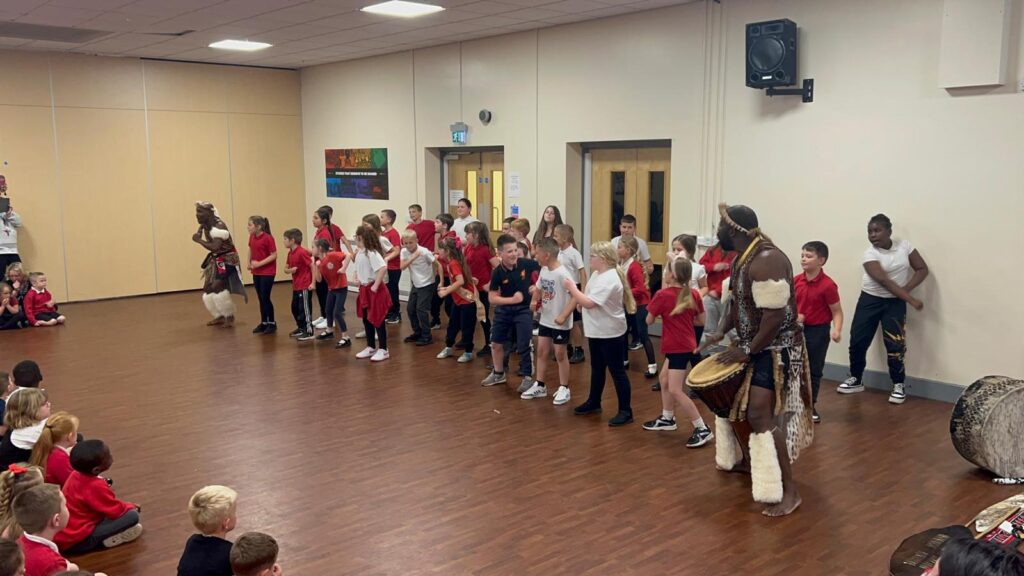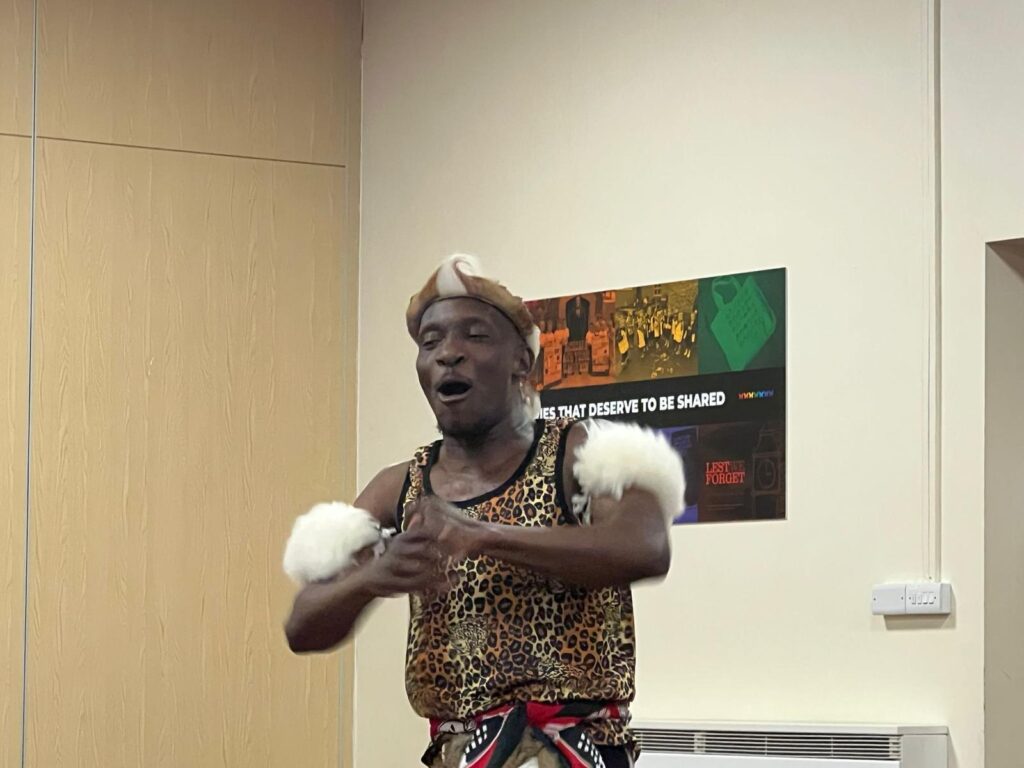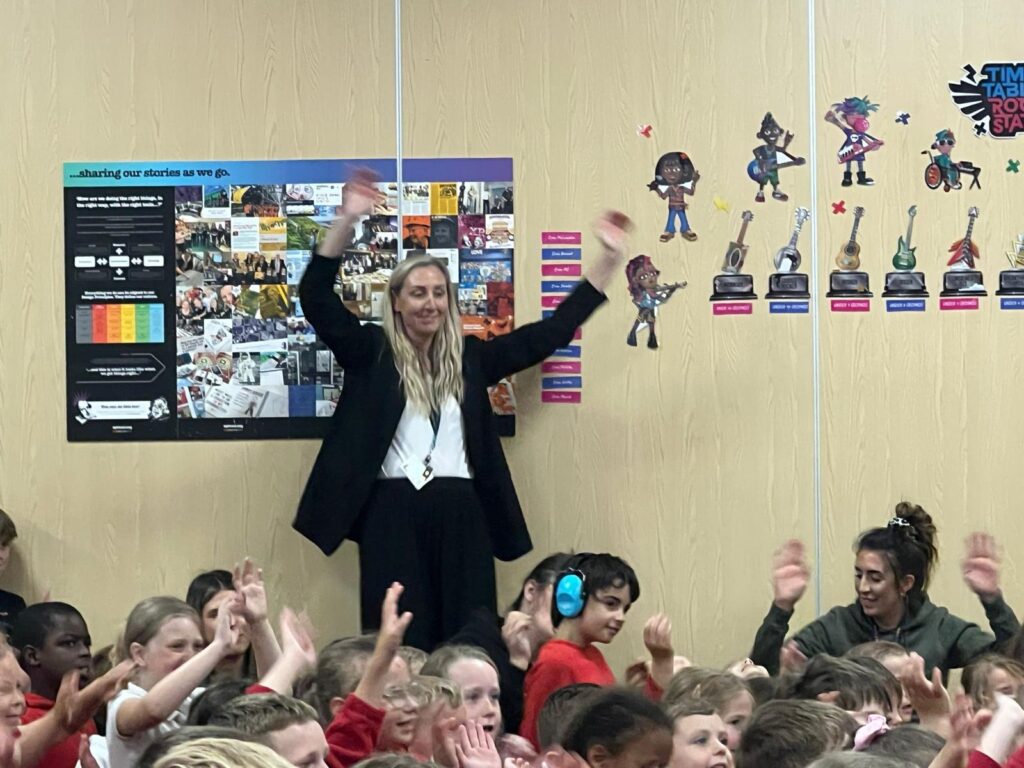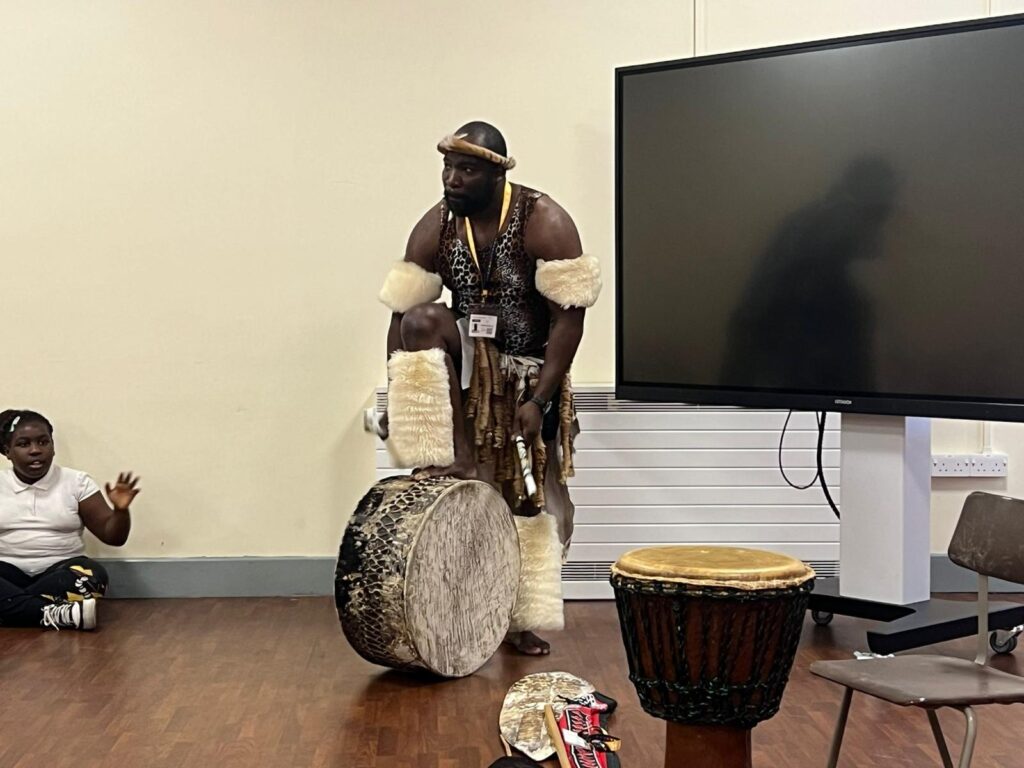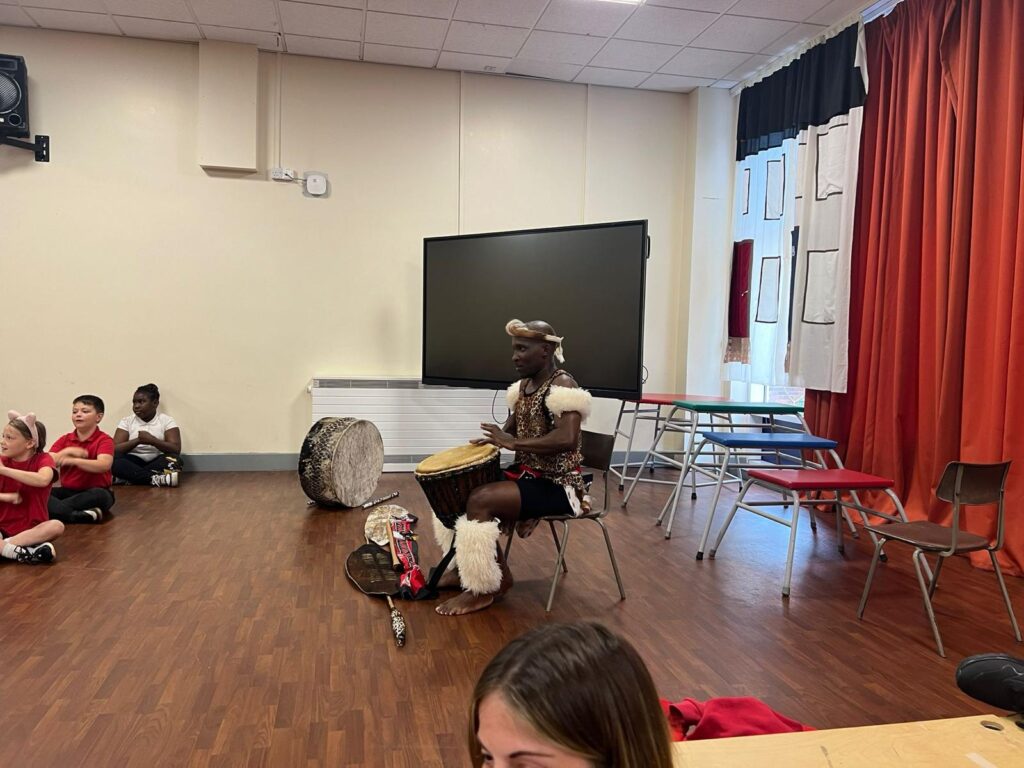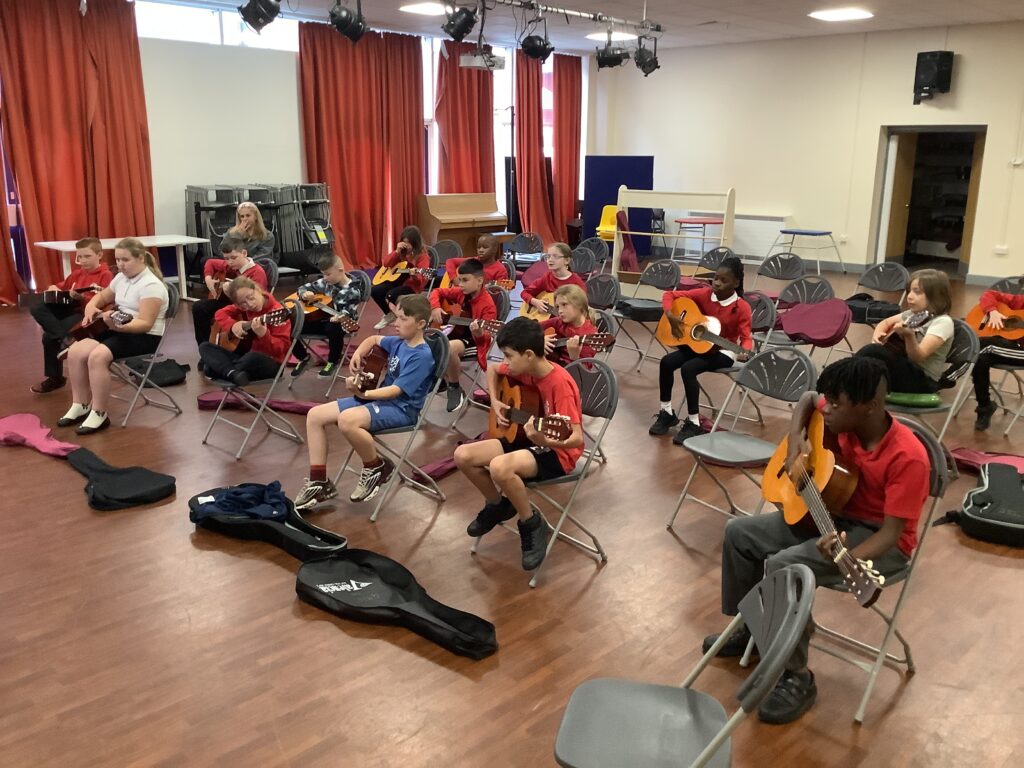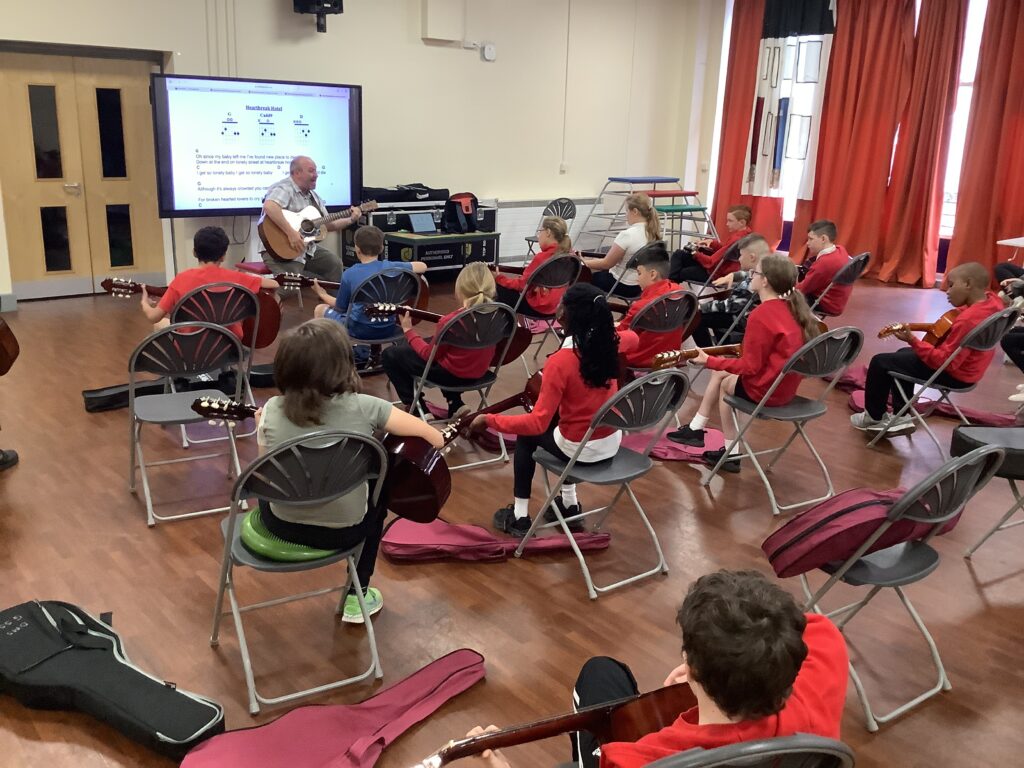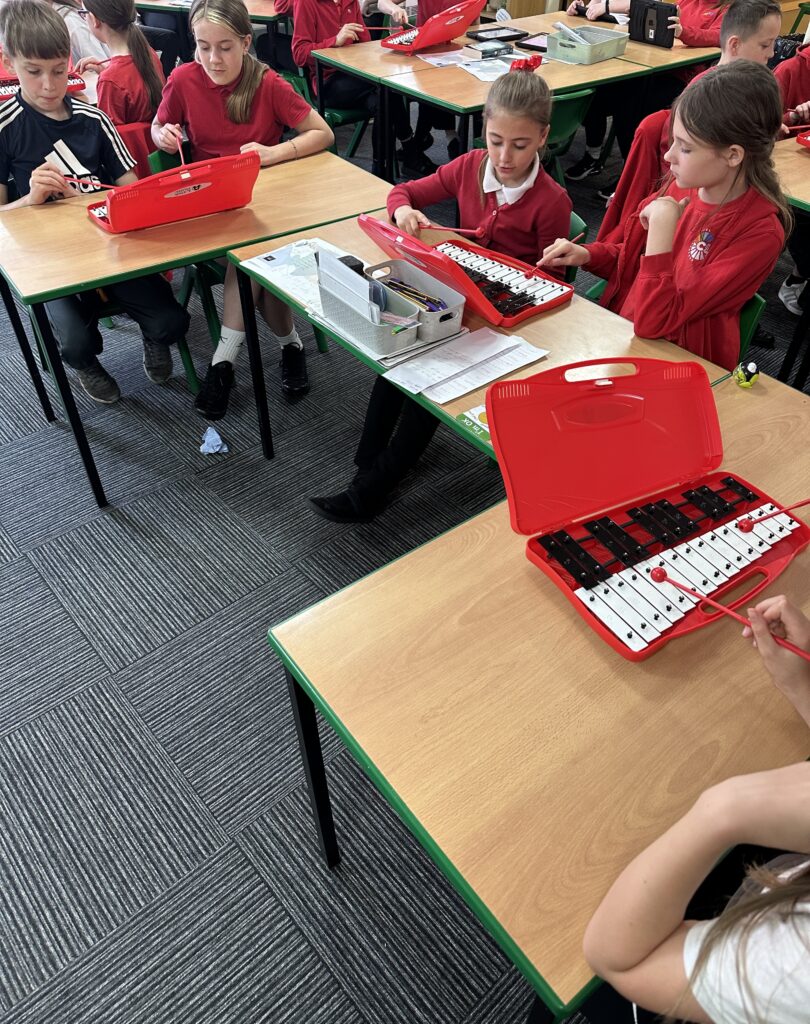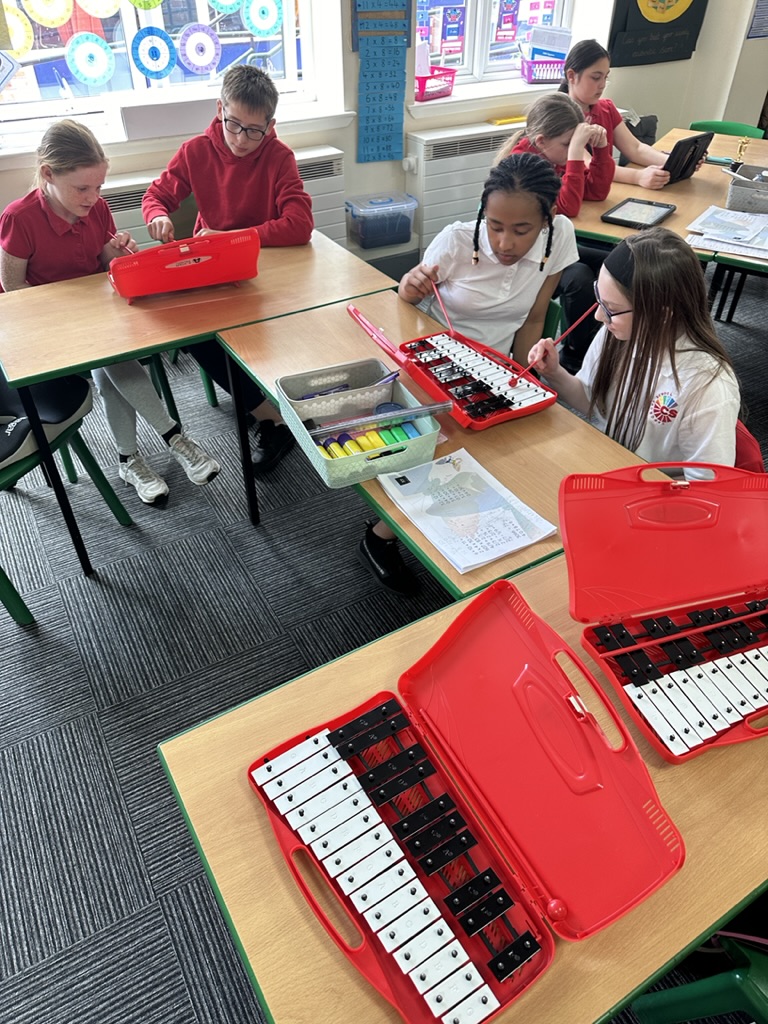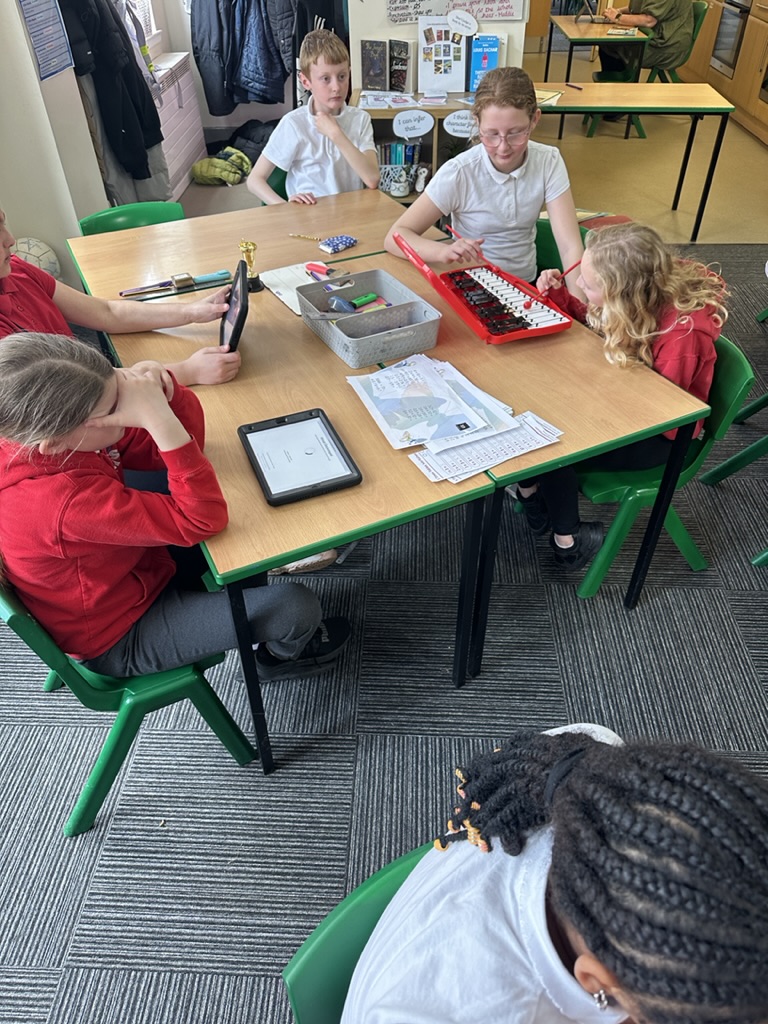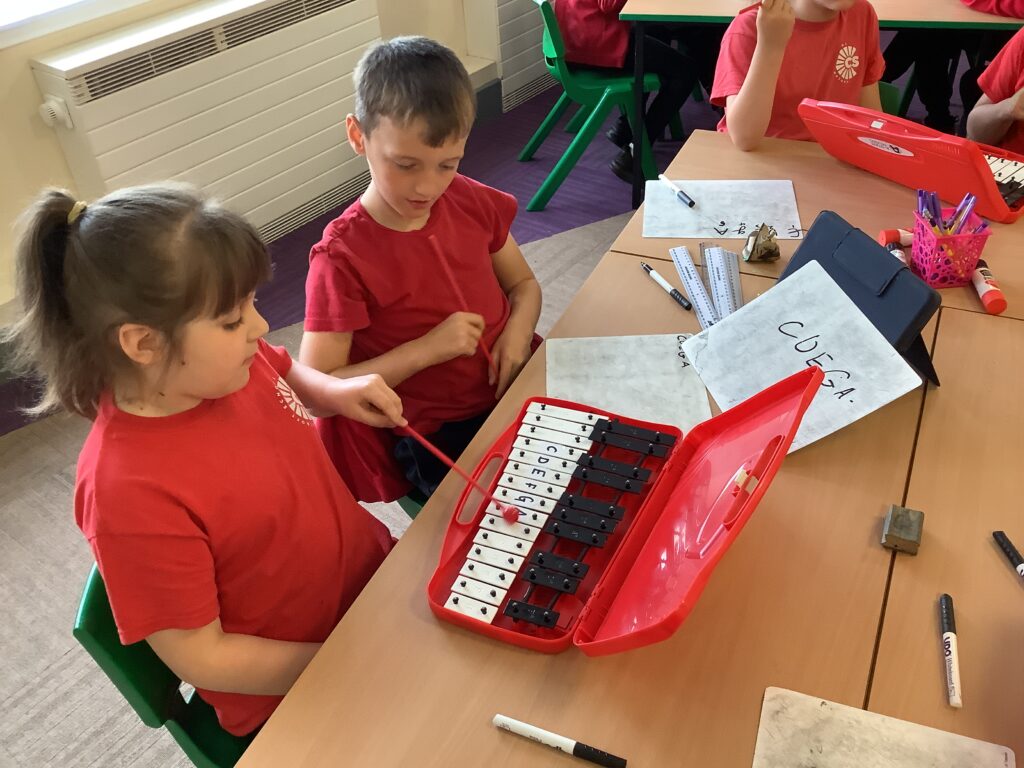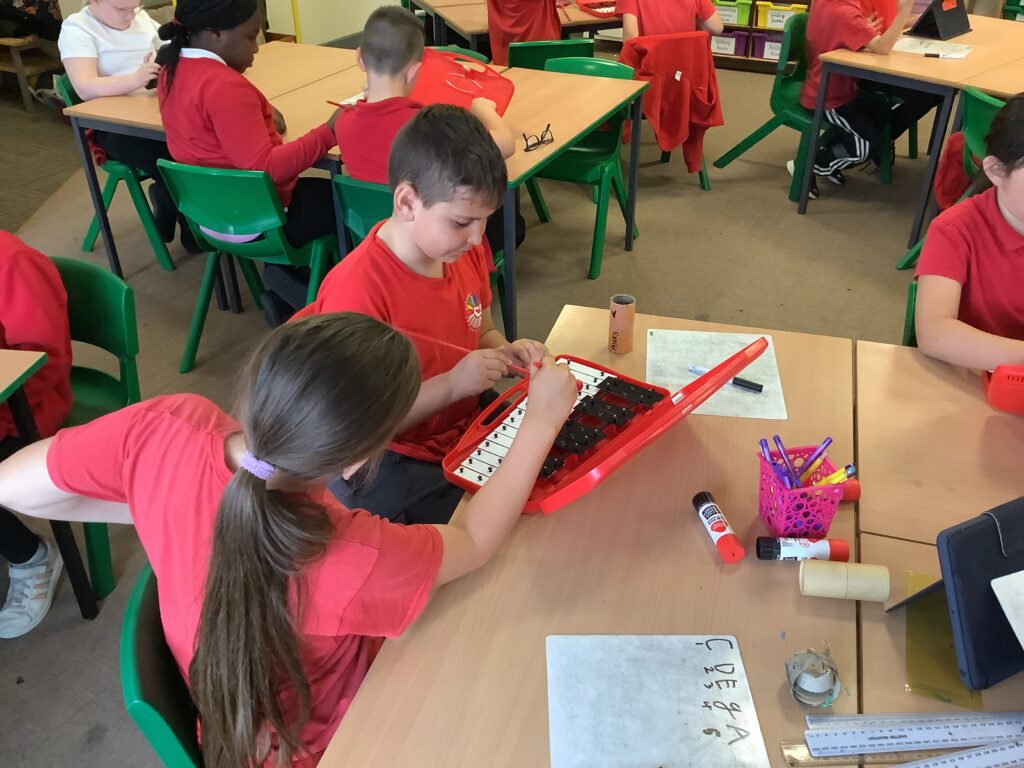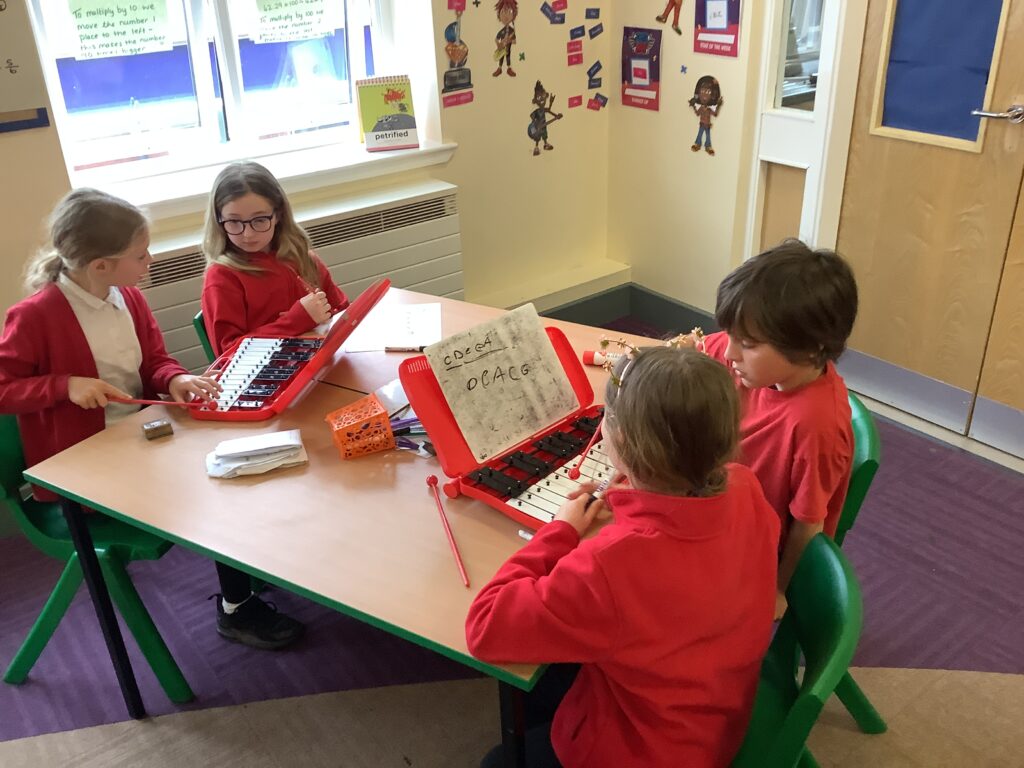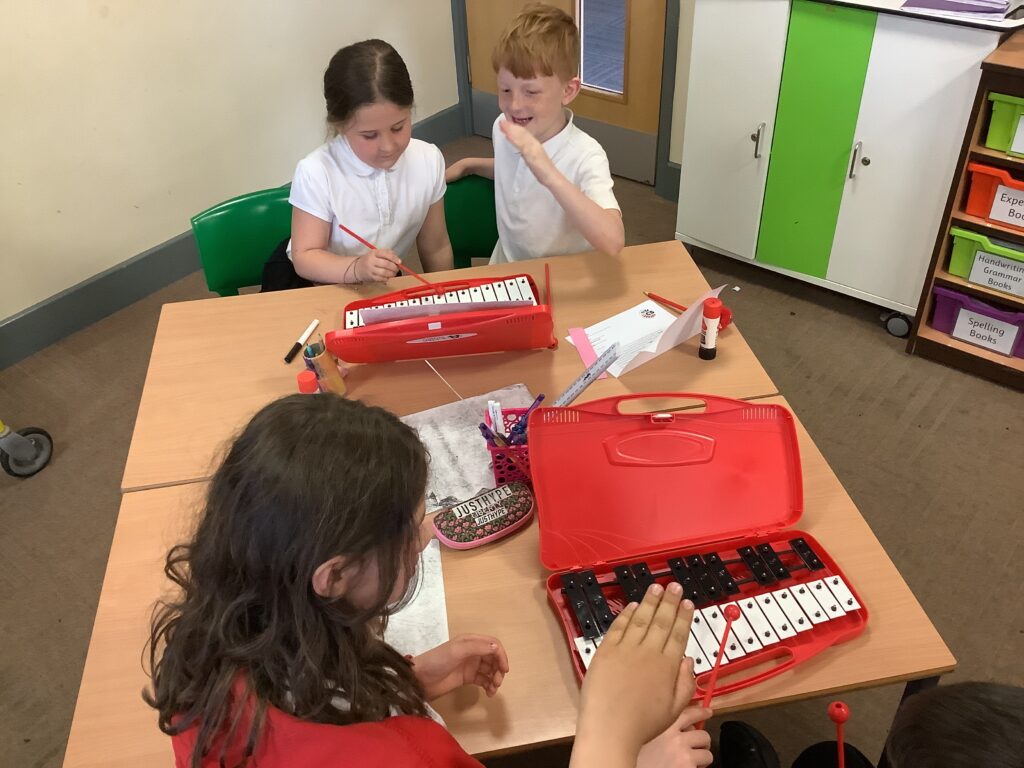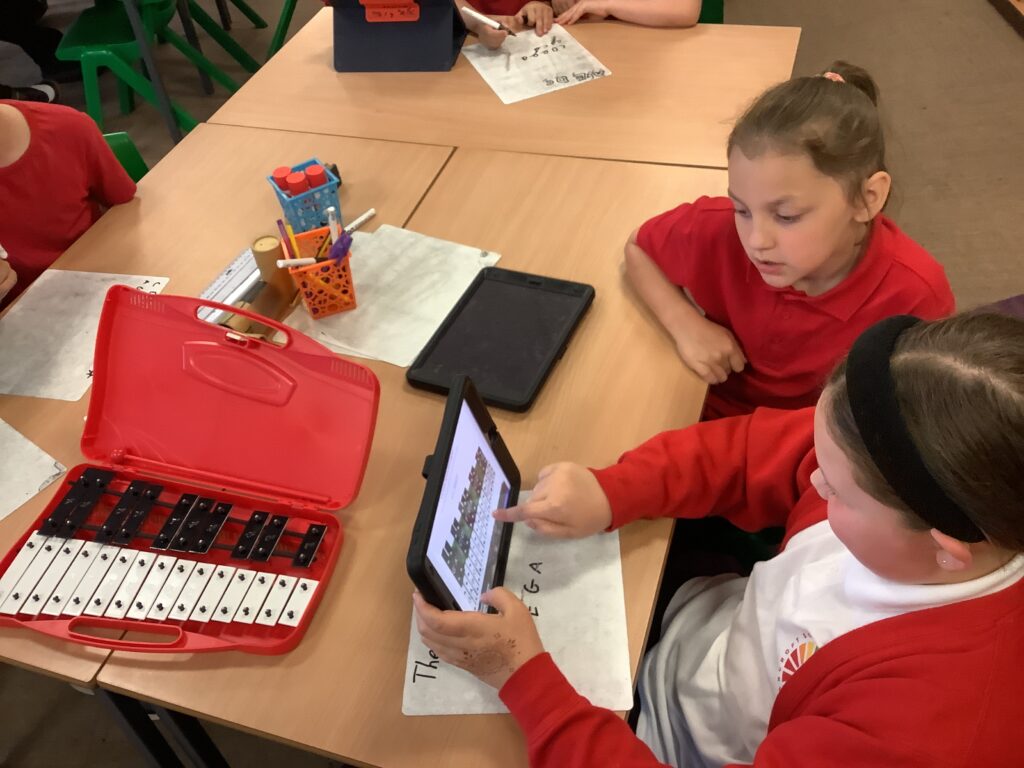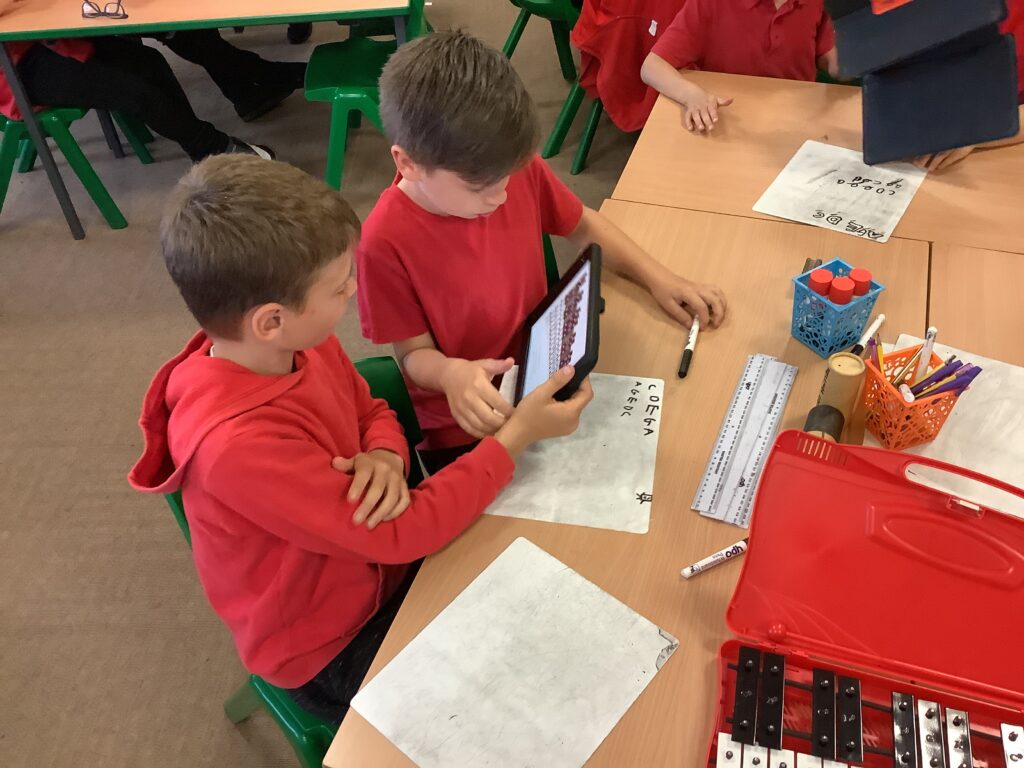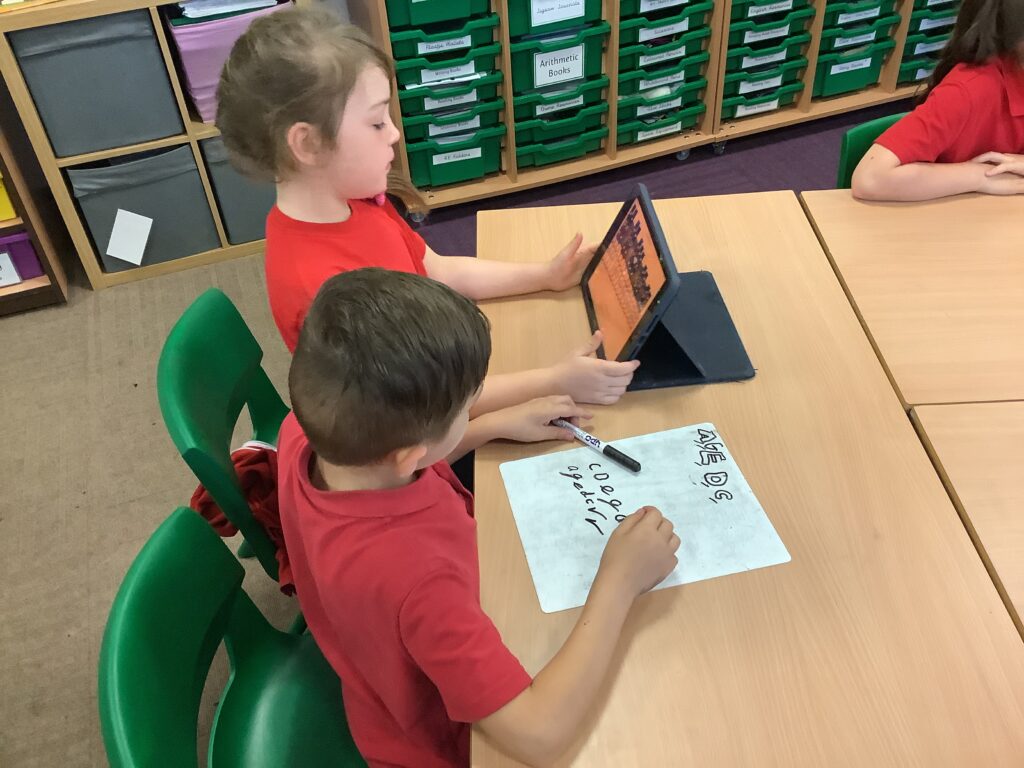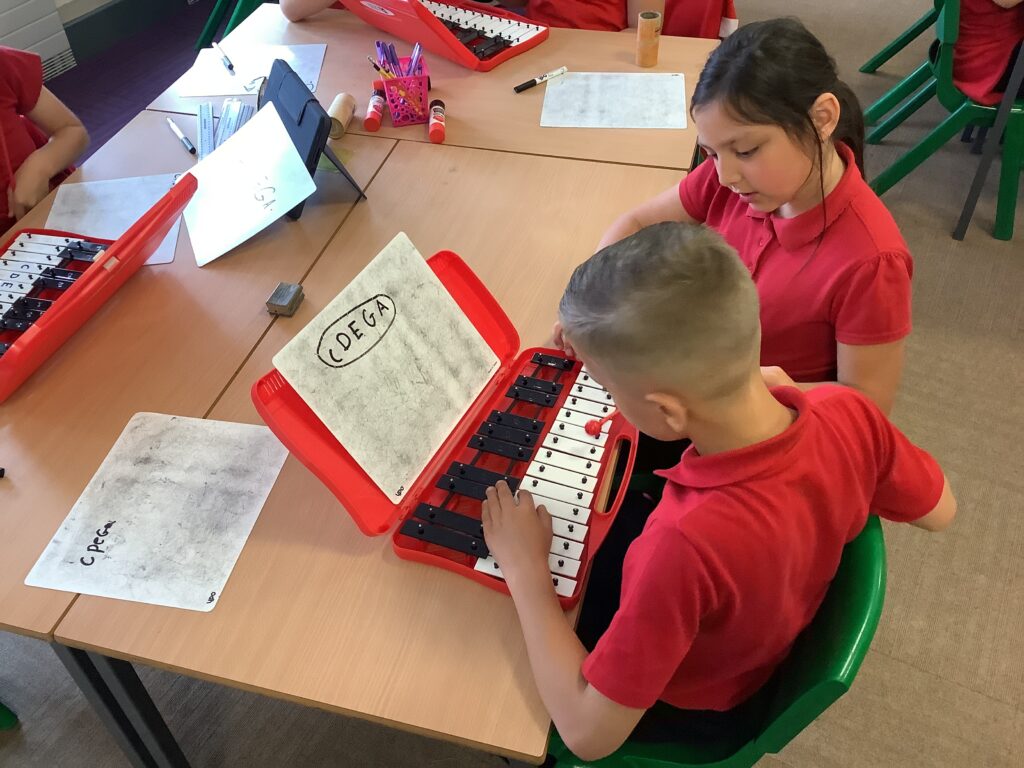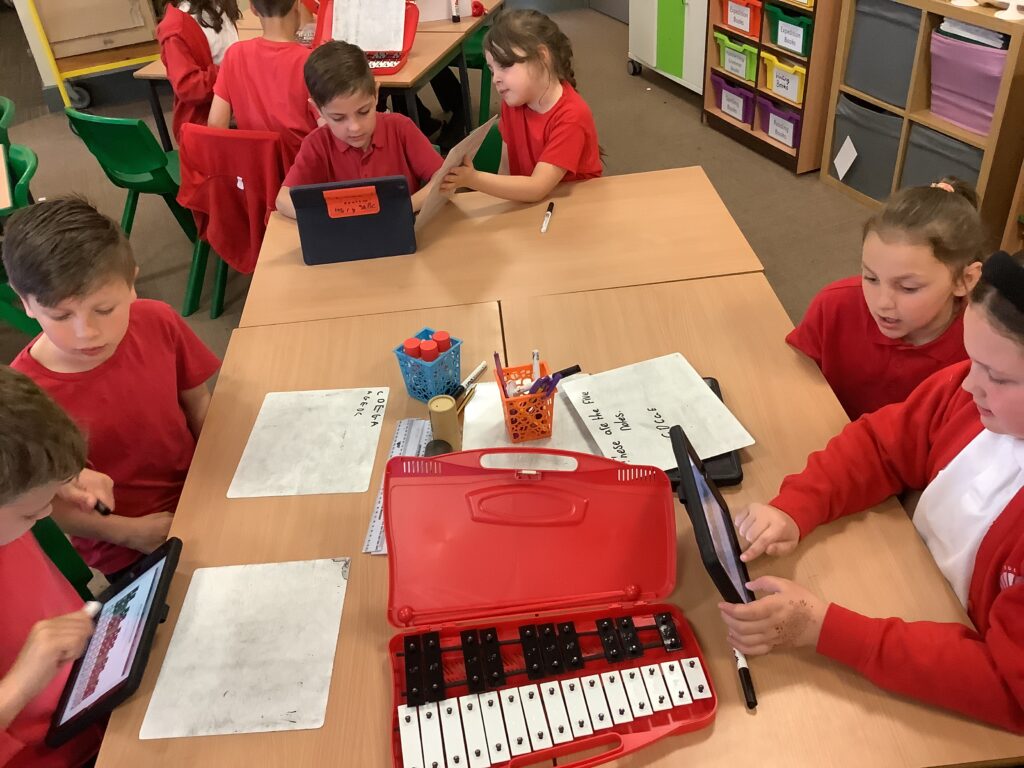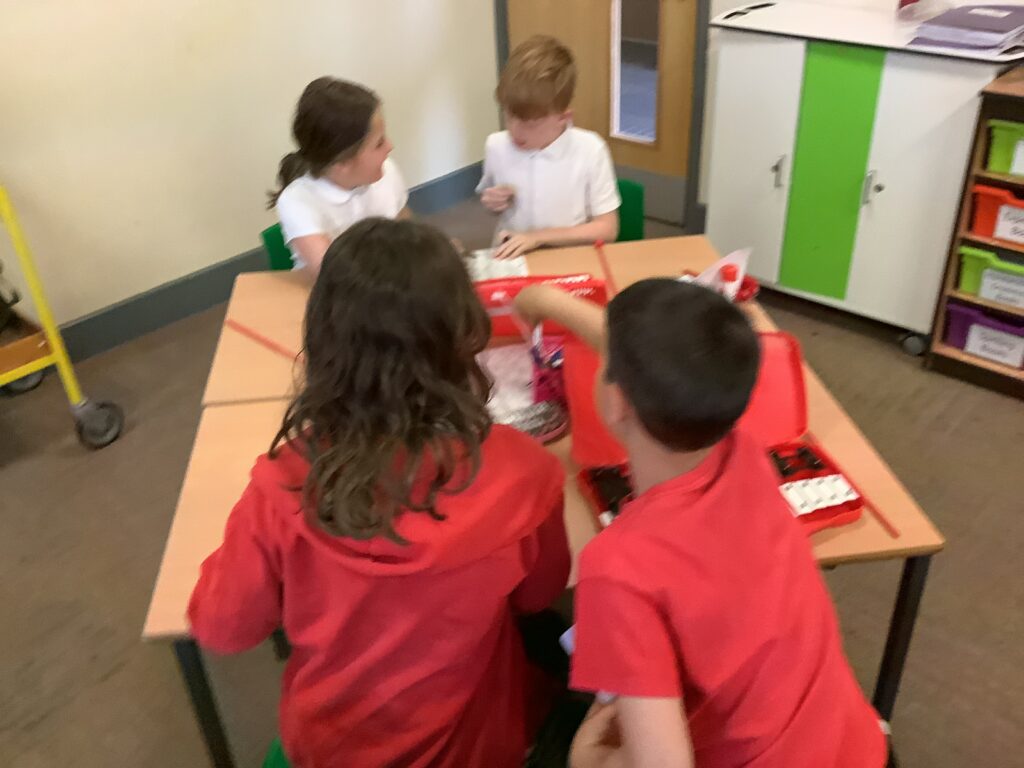Our new unit of music ‘Race!’ focuses on the theme tune from the 1981 film ‘Chariots of Fire’.
We began by passing a rhythm around the crew in a circle. We kept the beat nice and steady, ensuring that the next person did not begin tapping their beat until the person before them had finished their 8 counts. Once we had managed to successfully pass the rhythm around the entire circle, we then challenged ourselves by passing the beat round again only this time, the next person had to begin once the person tapping had performed their first four taps. We found this tricky but we were resilient and managed eventually to get the rhythm around the entire circle!
We started our work on the Chariots of Fire theme tune by watching a video of key events from the film without sound. We discussed what we had seen and created a list of themes based on the clips. We discussed the idea of a pulse being present throughout the music that represented the ticking of a clock. We talked about why a clock might be important and decided that it was to represent the clock timing the race. Using a glockenspiel, we practised playing a quick pulse with the note C. Whilst it was tricky to play quickly, we had to really concentrate to make sure that we did not play too fast or too slow and that we stayed in time with the other members of our crew.
As well as a ticking clock, the idea of a short motif representing a cheering crowd is included within the piece. We discussed how two notes (C and G) are used however the duration of the second note (G) is longer than C so would need to be held on for longer. Using untuned percussion instruments we practised creating this motif.
We split into two groups, one group focusing on the quick pulse of the ticking clock, the other focusing on the short motif of the cheering crowd. Layering these two elements together allowed us to see how piece of music are structured and also how stories can be told using just instruments.
